Through 80 years of building, fighting, winning and growing, our Army has built a very glorious tradition, summarized concisely in the praise of President Ho Chi Minh : "Our Army is loyal to the Party, filial to the people, ready to fight and sacrifice for the independence and freedom of the Fatherland, for socialism. Every mission is completed, every difficulty is overcome, every enemy is defeated."
Our army is loyal to the Party, filial to the people, ready to fight and sacrifice for the independence and freedom of the Fatherland, for socialism. Photo: Archive
The Vietnam Propaganda Liberation Army - the predecessor of the Vietnam People's Army - was born.
Right from its inception (February 3, 1930), in its first political platform, our Party affirmed that the path to struggle for class liberation and national liberation was to use revolutionary violence to seize power and required “Organizing a workers’ and peasants’ army” to serve as the core for the entire people to carry out the revolutionary struggle. The Party’s political platform (October 1930) determined the essential task of the bourgeois democratic revolution, which clearly stated: “Establishing a workers’ and peasants’ army”.
In the revolutionary movement of 1930 - 1931, the peak was the Nghe - Tinh Soviet, from the uprising force of workers and peasants, the Workers and Peasants Self-Defense Team (Red Self-Defense) was born. That was the first premise of the revolutionary armed forces of Vietnam. Following that, a series of armed organizations were established one after another such as: Bac Son Guerrilla Team (1940), Guerrilla Teams in the South (1940), National Salvation Army (1941)...
On December 22, 1944, in the forest between Hoang Hoa Tham and Tran Hung Dao communes in Nguyen Binh district, Cao Bang province (now Na Sang hamlet, Tam Kim commune, Nguyen Binh district, Cao Bang province), the Vietnam Propaganda Liberation Army - the predecessor of the Vietnam People's Army was established under the Directive of Leader Ho Chi Minh.
The Vietnam Propaganda Liberation Army, the predecessor of the Vietnam People's Army, was established on December 22, 1944 in Tran Hung Dao forest (Cao Bang). Photo: Archive
In the Directive, he clearly stated: “The name of the VIETNAM PROPAGANDA LIBERATION ARMY means that politics is more important than military. It is a propaganda team”; “The Vietnam Propaganda Liberation Army is a senior army, hoping that there will soon be other junior teams. Although its scale is small at first, its future is very glorious. It is the starting point of the liberation army, it can go from the South to the North, throughout the whole country of Vietnam”.
Comrade Vo Nguyen Giap was authorized by the Party Central Committee and Leader Ho Chi Minh to organize, lead, command, and declare the establishment of the Team, consisting of 34 people, organized into 3 squads with Comrade Hoang Sam as Team Leader, Comrade Xich Thang as Political Commissar, and led by the Party cell. December 22, 1944 was taken as the Founding Day of the Vietnam People's Army.
Immediately after its founding, at 5:00 p.m. on December 25, 1944, the Vietnam Propaganda Liberation Army Team cleverly, boldly, and suddenly broke into Phai Khat post and at 7:00 a.m. the next morning (December 26), broke into Na Ngan post (both located in Nguyen Binh district, Cao Bang province), killed two post commanders, captured all enemy soldiers, and seized weapons, military uniforms, and military equipment. The victory at Phai Khat and Na Ngan marked the beginning of the tradition of determination to fight and victory of the Vietnam People's Army.
In April 1945, the Party's Northern Military Revolutionary Conference decided to merge revolutionary armed organizations across the country into the Vietnam Liberation Army. During the August Revolution of 1945, the Vietnam Liberation Army, together with local armed forces and the People, carried out a General Uprising to seize power across the country. After the success of the August Revolution of 1945, the Vietnam Liberation Army was renamed the National Guard, then the Vietnam National Army (1946), and from 1950 it was called the Vietnam People's Army.
On August 28, 1945, the Liberation Army in Viet Bac returned to parade at the Hanoi Opera House Square. Photo: VNA
Vietnam People's Army in the resistance war against French colonial invasion (1945 - 1954)
When the French colonialists invaded our country for the second time, under the leadership of the Party, the armed forces developed strongly, and together with our people, we rose up and fought the invaders. At the end of 1946, according to the decision of President Ho Chi Minh, the whole country was divided into 12 war zones. At this time, in the South, the National Guard units were still organized, in the North and Central regions, there were 30 regiments and a number of battalions in the war zones; the party organization system in the Army was established from the Central Military Commission to the party cells. On the night of December 19, 1946, the nationwide resistance war broke out. In the first days of the nationwide resistance war, our army and people fought hundreds of battles, eliminated thousands of enemies from combat, and destroyed many enemy war vehicles.
In the spring of 1947, President Ho Chi Minh, the Party Central Committee and the Government went to Viet Bac, which became the center of command for the resistance of the whole country. In the fall and winter of 1947, the French colonialists mobilized more than ten thousand elite troops with the support of aircraft and warships, and suddenly launched an attack on Viet Bac to destroy the resistance headquarters and our main force. After more than two months of launching a counter-offensive campaign (October 7 - December 20, 1947), we eliminated more than 7,000 enemies from the battle. This was the first large-scale counter-offensive campaign to achieve a strategic victory for our army and people; defeating the large-scale attack and bankrupting the French colonialists' strategy of "fighting fast, winning fast"; preserving and developing the main force, protecting the headquarters and bases of the whole country.
After the Viet Bac campaign in 1947, our Army had matured, but was not yet capable of launching large-scale campaigns. To defeat the enemy's pacification plot, we advocated launching widespread guerrilla warfare and implementing "independent companies and concentrated battalions", both promoting guerrilla warfare and learning concentrated mobile warfare. The concentrated battalions were consolidated and gradually advanced to fight larger ambushes and raids.
From early 1948 to mid-1950, our troops launched over 20 small campaigns on the battlefields. The concentration level for each campaign was from 3 to 5 battalions, then gradually increased to 2 to 3 regiments, with some campaigns using both mountain artillery and heavy machine guns. In many battles, our troops destroyed enemy companies and battalions outside fortifications and destroyed strongholds with at least one enemy company stationed there.
From mid-1949, the General Command advocated withdrawing independent companies to build main regiments and divisions. On August 28, 1949, Division 308 was established; on March 10, 1950, Division 304 was established. Training was stepped up. Through the campaigns of "training soldiers to make achievements" and "forging cadres and rectifying troops" in 1948, 1949 and early 1950, our armed forces continuously developed and grew stronger.
In June 1950, the Party Central Committee decided to launch the Border Campaign, proactively attacking the French. After nearly a month (September 16 - October 14, 1950), we eliminated more than 8,000 enemies from combat, liberated the border area from Cao Bang to Dinh Lap (Lang Son), expanded and consolidated the Viet Bac base, broke the siege, opened communication with China and socialist countries, and connected our country's revolution with the world revolution. The Border Victory contributed significantly to changing the situation of the war: We entered the strategic phase of counterattack and attack, the French army gradually switched to a defensive strategy; at the same time, it marked a leap forward in the art of campaigning and the growth and maturity of our Army.
Units participating in the 1950 Border Campaign held a departure ceremony and set off for the front. Photo: Archive
After the Border Campaign, the main divisions continued to be established: Division 312 (December 1950), Division 320 (January 1951), Artillery Division 351 (March 1951), Division 316 (May 1951). Within 6 months (December 1950 - June 1951), we launched three consecutive campaigns named: Tran Hung Dao, Hoang Hoa Tham, Quang Trung. These were the first large-scale campaigns to attack the enemy's fortified defense lines in the midlands and deltas of the North. We killed more than ten thousand enemies, of whom nearly half were mobile troops.
In November 1951, the Politburo decided to launch the Hoa Binh campaign; focusing on the main force on the main Hoa Binh front, while putting a part of the main force into operation in the enemy's rear area of the Northern Delta, stepping up guerrilla warfare in the enemy's temporarily occupied areas. The campaign took place from December 10, 1951 to February 25, 1952; our army and people eliminated from combat more than 6,000 enemies on the Hoa Binh front and more than 15,000 enemies on the enemy's rear front. In this campaign, our troops made four new advances in terms of tactical and technical level, in the ability to fight continuously for a long time, and in the coordination of operations between the three types of troops.
In early September 1952, the Politburo decided to launch the Northwest campaign. After nearly two months of fighting (October 14 - December 10, 1952), we destroyed and captured more than 6,000 enemies, liberated a large area in an important strategic area, connected the Northwest liberated area with the Viet Bac and Upper Laos bases, maintained the initiative in attack, and defeated the enemy's plot to expand its occupation.
The 316th Division attacked Pho Giang Station during the Northwest Campaign. Photo: Archive
On December 5, 1952, in Binh - Tri - Thien, the 325th Division was established, contributing to increasing the fighting strength of the "revolutionary main punches". Up to this point, the main army under the General Command had 6 infantry divisions (308, 304, 312, 320, 316, 325) and 1 engineering and artillery division (351).
Faced with the changing situation of the war in Indochina, based on a correct assessment of the comparative strength between us and the enemy, in September 1953, the Politburo decided to launch the 1953-1954 Winter-Spring strategic offensive. Implementing that policy, the General Command ordered the main units to coordinate to launch strong offensives on the battlefields. We formed five strategic offensives in Lai Chau, Central Laos, Lower Laos - Northeastern Cambodia, Central Highlands and Upper Laos, destroying many enemy forces, liberating many large areas of land, forcing them to spread out to deal with them everywhere.
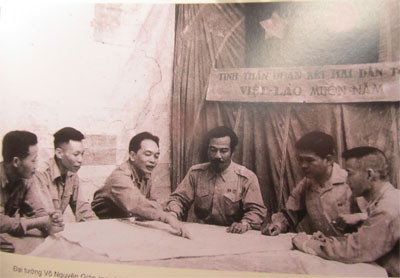
After the French colonialists invaded Dien Bien Phu, on December 6, 1953, the Politburo met to decide to launch the Dien Bien Phu campaign. After 56 days and nights (March 13 - May 7, 1954) of continuous fighting, our army and people crushed the entire Dien Bien Phu stronghold, eliminated 16,200 enemy soldiers from combat, shot down and destroyed 62 planes; and captured all the enemy's weapons, warehouses, and technical facilities in Dien Bien Phu. The Dien Bien Phu victory dealt a decisive blow to the will to invade, forcing the French colonialists to sign the Geneva Agreement on the cessation of hostilities in Vietnam. The Dien Bien Phu campaign is an outstanding example, the pinnacle of Vietnamese military art in the resistance war against France; At the same time, it is a testament to the remarkable development of our Army after 10 years of building, fighting and glorious victory (1944 - 1954).
Dien Bien Phu Campaign Command: President Ho Chi Minh, General, Commander-in-Chief Vo Nguyen Giap and comrades in the campaign command. Photo: VNA file
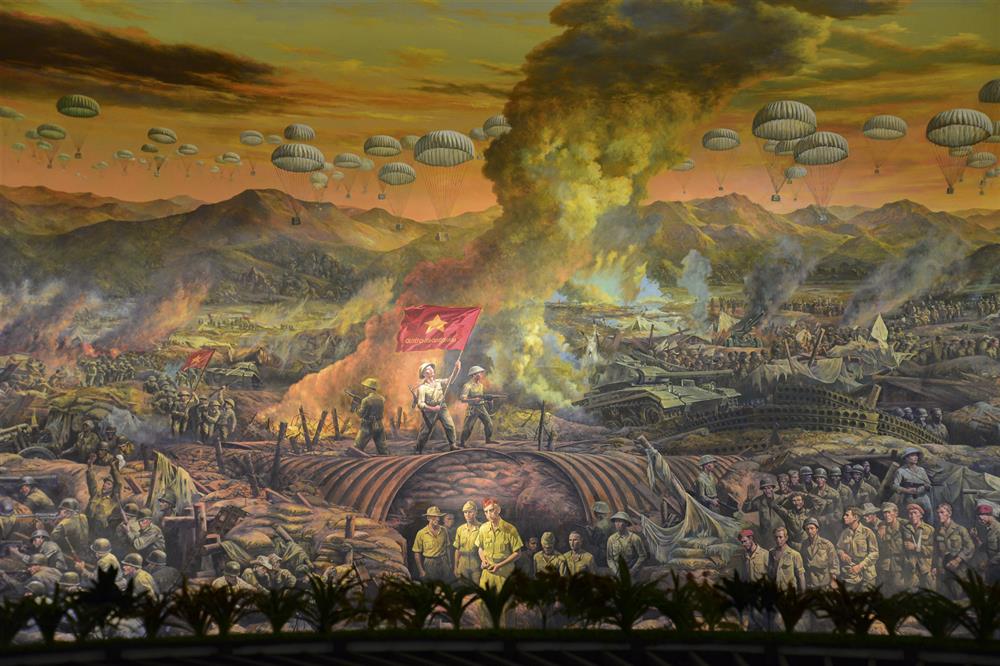
Vietnam People's Army in the resistance war against America to save the country (1954 - 1975)
The victory of the resistance war against French colonialism and American intervention opened a new stage of development for the Vietnamese revolution. The North was completely liberated and entered a period of transition to socialism. The South continued the people's national democratic revolution, overthrowing the domination of American imperialism and its lackeys.
To meet the requirements of the Vietnamese revolution in the new period, in March 1957, the 12th Central Conference (expanded) issued a Resolution on the issue of building the Army and strengthening national defense. The Resolution clearly stated: "Our motto for building the Army is to actively build a strong people's army, gradually moving towards regularization and modernization" 5 . By 1960, our Army had reached a new stage of maturity, from a force mainly consisting of infantry with an ununified organization and lacking weapons and equipment, it had become a regular, increasingly modern Army, including the following forces: Army, Navy, Air Defense - Air Force. This was a very important development step, creating the foundation for building the Army towards regularization, modernization, ready to meet the new tasks of the revolution.
In the North, the Army actively participated in the takeover of cities, towns and areas previously occupied by the French. It performed well the military administration task, coordinated with the police forces to quickly establish order and security, protect the lives and property of the people, and fight against the enemy's arrest, robbery and destruction of public property.
In the South, during the years 1954 - 1960, the US - Diem implemented a brutal policy of terror, causing heavy losses to the revolution in the South. In that situation, the 15th Conference of the Central Executive Committee of the Party, term II (January 1959) raised two strategic tasks of the Vietnamese revolution and clearly outlined the basic path of the revolution in the South, which was to use revolutionary violence.
In compliance with the Party's resolution, the Central Military Commission and the Ministry of National Defense decided to further promote the building of the Army. Preparations for our troops to fight in the South were also promoted. Accordingly, the 338th Division of the Southern troops gathered in the North was trained before leaving for the South to fight. On May 19, 1959, Group 559 was established with the task of opening a road along the Truong Son mountain range to ensure our forces could fight in the South and transport food, ammunition from the North to the South. Next, Group 759 was also established with the task of transporting and supplying from the North to the South by sea. The Resolution of the 15th Conference paved the way for the Southern revolution to win.
Truong Son strategic road 1959-1964. Photo archive
Ship without number on the way to transport weapons to the South. Photo: Archive
Officers and soldiers of the 559th Reconnaissance Group plotted the route to open the Truong Son trail, 1960. Photo courtesy
To promote the revolutionary movement of the People, on December 20, 1960, the National Liberation Front of South Vietnam was born. On February 15, 1961, the Liberation Army of South Vietnam was established on the basis of unifying the armed forces of the people in the South; this was a part of the Vietnam People's Army directly operating on the battlefield in the South.
Since 1961, the US imperialists have carried out the “Special War” strategy. Commanded by US advisors and relying on US firepower, the Saigon puppet army continuously launched operations to attack liberated areas, gathering people to establish “strategic hamlets”. Our army and people have continuously fought, maintained and expanded the liberated areas. In particular, the victory at Ap Bac (January 1963) marked the beginning of the failure of the “helicopter transport” and “armored vehicle transport” tactics of the Saigon puppet army; at the same time, it opened up the “Ap Bac emulation movement, killing enemies and making achievements” movement throughout the South.
On August 5, 1964, after fabricating the “Gulf of Tonkin” incident, falsely accusing the Vietnam People’s Navy of intentionally attacking a US destroyer in international waters to deceive public opinion, the US government used the air force to suddenly launch an attack called “Piercing Arrow”, attacking most of our naval bases along the northern coastal strip. Thanks to prior preparation, the naval, air defense, and militia units promptly detected, fought intelligently and bravely, shot down 8 planes, injured 2 others, and captured 1 pilot. The first victory over the US air force encouraged the determination of the army and people of the whole country to defeat the American invaders.
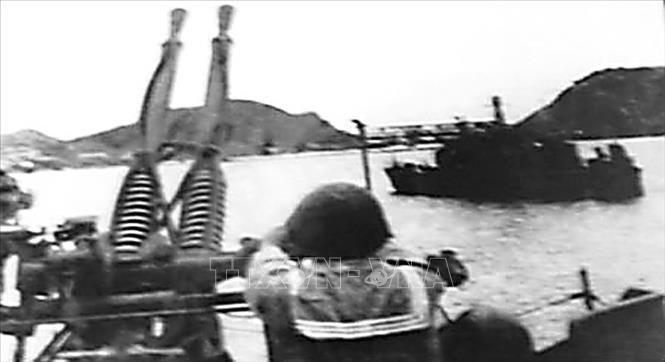
Based on the victories in 1963 and early 1964, in October 1964, the Central Military Commission instructed the armed forces of the South to launch the 1964-1965 Winter-Spring campaign, destroying an important part of the puppet main force and expanding the liberated areas. After our victories in the Binh Gia, Ba Gia, and Dong Xoai campaigns, the US imperialists' "Special War" strategy was completely bankrupt.
From mid-1965, the US imperialists switched to the “Local War” strategy, massively sending US and allied combat troops and a large amount of war equipment into South Vietnam, while consolidating and strengthening the puppet army. The entire strategic goal of the US imperialists during this period was to “find and destroy” the main force of the Liberation Army and the revolutionary leadership agency in the South, “pacify” the South, intimidate the resistance spirit of the Vietnamese people, and force the Government of the Democratic Republic of Vietnam to sit at the negotiating table under the conditions imposed by the US.
Faced with that situation, from September to December 1965, the Ministry of Defense decided to establish in the Southern battlefield 5 infantry divisions (9, 3, 2, 5, 1) and an artillery unit equivalent to the division level, called Artillery Group 69. While building and fighting, our troops on the Southern battlefields organized attacks, broke many large-scale operations of the US and puppets, and launched the movement of "finding the US to fight", "finding the puppets to destroy".
In the dry season of 1965 - 1966, the US imperialists launched the first strategic counter-attack on the Southern battlefield. After half a year of arduous and fierce fighting, the army and people of the South defeated the enemy's counter-attack, eliminating tens of thousands of enemy soldiers from the battle. In October 1966, the US imperialists decided to launch the second strategic counter-attack to destroy the main force and the headquarters of the Southern revolution.
Based on the highly developed people's war situation, our local armed forces held their ground, attacked widely, creating conditions for the main units of the Liberation Army to launch attacks, causing the enemy many losses in terms of manpower and war equipment, forcing the US army to end the second strategic counterattack in the dry season of 1966 - 1967.
After the important victories of the Southern revolution, in January 1968, the 14th Central Conference passed the Resolution of the Politburo (December 1967), deciding to launch the General Offensive and Uprising of the Spring of Mau Than 1968. In just a short time, our army and people attacked a series of targets deep in urban areas throughout the South, causing heavy damage to the enemy, upsetting the strategic position of the US imperialists.
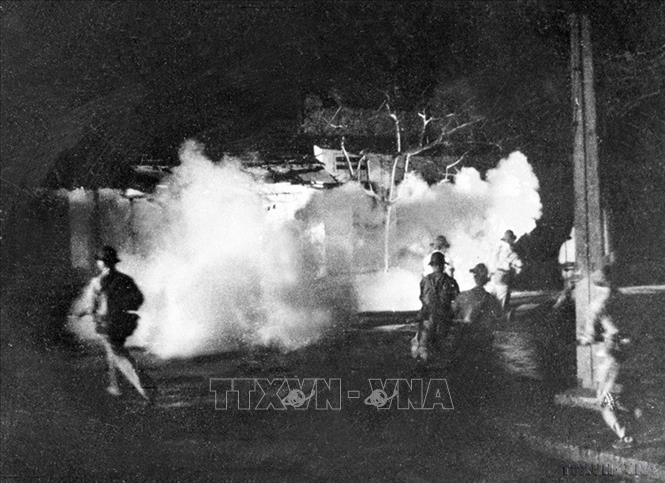
The victory of the General Offensive and Uprising in the Spring of Mau Than 1968 dealt a decisive blow to the American ruling class's will to invade, bankrupting the "Local War" strategy, forcing the US to de-escalate the war, gradually withdraw its troops, and accept negotiations with us at the Paris Conference.
With its stubborn and belligerent nature, the US imperialists were unwilling to accept defeat. Since 1969, they have switched to implementing the "Nixon Doctrine" and the "Vietnamization of the war" strategy. During the years 1969 - 1972, the US imperialists used their maximum military power, combined with extremely cunning political and diplomatic tricks, in order to isolate and suffocate the resistance of our people.
Faced with that situation, our army and people closely coordinated with the fight of the Lao and Cambodian people, winning great victories, typically the Route 9 - Southern Laos campaign, the Northeast Cambodia campaign; at the same time, launching strategic offensives on the entire Southern battlefield with combined arms offensive campaigns in Tri - Thien, the Northern Central Highlands, the Southeast, and combined offensive campaigns in the Mekong Delta and the Central region.
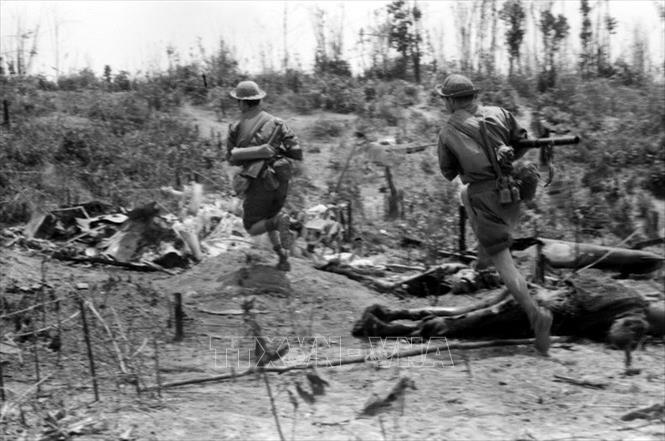
Faced with the risk of failure of the “Vietnamization of the war” strategy, on April 6, 1972, the US imperialists mobilized a large air force and navy to launch a second war of destruction against the North (Operation Linebacker I) on a larger scale and more fiercely than the previous time. With a courageous spirit and a clever and creative way of fighting, after 7 months of fierce fighting, the army and people of the North shot down 654 planes, sank and burned 125 US warships.
Faced with heavy defeats, on the night of December 18, 1972, the US imperialists recklessly launched the largest-scale strategic air raid called “Operation Linebacker II” to attack the North, focusing heavily on Hanoi and Hai Phong. Once again, the army and people of the North fought bravely, defeating the enemy’s strategic raid; shooting down 81 aircraft, including 34 B-52s and 5 F-111s.
Suffering great losses and failing to achieve their goals, the US imperialists were forced to declare a halt to bombing the North from the 20th parallel north and resume negotiations in Paris. World public opinion called this the “Dien Bien Phu in the air”.
General Vo Nguyen Giap and leaders of the Air Defense - Air Force prepare a plan to attack B-52 in 1972. Photo: Archive
The great victories of our army and people on the southern battlefield, together with the victory of “Hanoi - Dien Bien Phu in the air”, forced the US imperialists to sign the Paris Agreement on ending the war, restoring peace in Vietnam (January 27, 1973), and withdrawing their troops. However, the Saigon puppet government blatantly violated the Agreement, vigorously implemented the plan of “flooding the territory”, and stepped up encroachment on our liberated areas.
To end the war soon, at the request of the Central Military Commission and the Ministry of National Defense, from the end of 1973 to the beginning of 1975, the Politburo approved the establishment of army corps: Army Corps 1 (October 1973), Army Corps 2 (May 1974), Army Corps 4 (July 1974), Army Corps 3 (March 1975) and Group 232 (equivalent to an army corps, February 1975). The establishment of the main army corps marked a new step in the development of the Vietnam People's Army. During the two years of 1973 - 1974, our army and people continuously won important victories, making the situation on the battlefield continue to change in our favor.
The Politburo Conference in October 1974 and early 1975 pointed out the emergence of historical opportunities and expressed the strategic determination to liberate the South. Implementing the Politburo's policy, on March 4, 1975, our army launched the Central Highlands campaign, opening the General Offensive and Uprising of Spring 1975.

After a number of battles and campaigns, on March 10 and 11, 1975, our troops attacked the Liberation of Buon Ma Thuot town. Next, completely liberating Kon Tum, Gia Lai and the whole Central Highlands. After the Central Highlands campaign broke out a day, on March 5, 1975, our troops opened the campaign of Thien - Hue, liberating Quang Tri province, Hue city and Thua Thien province. Promoting victory, from March 26 to March 29, 1975, our troops opened the Da Nang campaign, completely liberated Da Nang, Son Tra peninsula and Hoi An town. Collaborate with the armed forces and local people, our army to liberate the provinces of Binh Dinh, Phu Yen (April 1), Khanh Hoa (April 3) ...
From those victories, the Politburo decided to liberate Saigon and the South. The Saigon Liberation Campaign was named "Ho Chi Minh Campaign". Implementing the guiding idea: "Speeding, daring, unexpected, probably won", on April 26, our troops formed a siege of Saigon from 5 directions, by the 1st, 2, 3, 4, 232 and 8th Division (Military Region 8). 17:00 on April 26, the campaign began.
After many fierce battles to occupy the victory over, on the morning of April 30, our army attacked the inner city of Saigon, quickly deeply thrust to occupy the key targets; At 10:45 am, the deep force of the 2nd Corps invaded the Independence Palace, arrested the entire cabinet of the Saigon government, forcing President Duong Van Minh to declare to surrender unconditionally. 11:30 am on the same day, the Liberation Army's flag was plugged on the roof of the Independence Palace, marking the full victory of the historic Ho Chi Minh campaign.
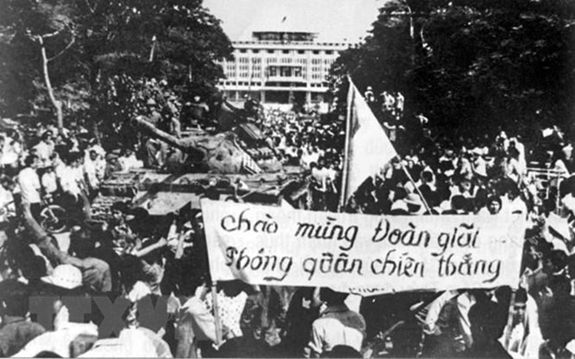
In parallel with the attacks on the Ministry of victory, implementing the direction of the Central Military Commission and the Ministry of Command, the Navy Army urgently prepared forces, took advantage of the opportunity, cunning, bold, suddenly attacked the liberation of the islands of the Spratly Islands: Gemini Tay (April 14), Son Ca (April 25), Nam Yet (27/4) (April 29). This is a strategic victory, contributing to maintaining national sovereignty in the Spratly Islands.
The Ho Chi Minh Campaign was the largest-scale combined arms and military campaign, achieving the greatest victory, marking a remarkable step forward in the maturity of our Army in both force organization and the level of combined arms and military command; it was the pinnacle of Vietnamese military art, contributing decisively to the end of the resistance war against the US to save the country.
The Vietnam People's Army in the cause of national construction and defense (1975 - 2024)
Immediately after the resistance war against the US, the country ended the victory, the army units stood in newly liberated areas in collaboration with the Military Management Committee at all levels, urgently building and strengthening the grassroots revolutionary government, building political forces and local armed forces; Organizing the reform of the police soldiers of the old government apparatus, suppressing the elements and reactionary organizations, ... At the same time, the units have actively participated in production labor, economic development, and participated in the construction of many key projects in all parts of the country.
After the great victory in the spring of 1975, our army had to conduct the righteous war to protect the southwest border of the country and the Cambodian army overthrew the Potal genocide. Before the invasion of Po Pot troops and responded to the urgent call of the National Solidarity Front to save the country of Cambodia, the Vietnamese volunteer troops and the Cambodian revolutionary armed forces performed a counterattack, strong attack, demolishing the Po Pot genocide, liberating Phnom Penh capital on January 7, 1979, to liberate the entire country of Cambodia. In 10 years (1979 - 1989), Vietnamese volunteers and experts promoted the pure international spirit, and the Cambodian people swept the Po Pot army, strengthened the revolutionary government, built the armed forces and revived the country.
Also in early 1979, our troops and people had to fight to protect the northern border of the country. The battle took place in a short time (February 17 - March 6, 1979), but in fact the tense northern border situation lasted until the late 80s of the twentieth century. In this battle, our army and people bravely fought and firmly defended the border sovereignty and territory of the Fatherland.
The victory of our army and people in the war to protect the southwest border and the battle for the northern border of the country has a great historical significance, 10 firmly protecting independence, sovereignty, unity and territorial integrity of the country, creating a peaceful environment to develop the country.
In the 1980s and 1986s, our army promoted training, combat readiness, education - training, building a regular rules; actively participate in economic and social construction. The whole army held hundreds of large -scale army combat rehearsals with many modern technical weapons in strategic areas, contributing to training and improving the ability to organize the command of officials and the level of combat readiness of the soldiers. Since the 6th Party Congress (December 1986) up to now, the army and the entire people have carried out the country's renovation, building and defending the Socialist Republic of Vietnam.
Nearly 40 years of implementing the renovation process, the army has always performed well the function of fighting army, mission army, production labor army, contributing worthy of the overall achievement of the country.
The highlight is: The army regularly grasped and forecasted the situation, actively advised the Party and the State to set out appropriate books, flexible handling, victory of situations, not to be passive, unexpected about strategy, prevent the risk of war, maintain independence, sovereignty, unity, territorial integrity, ensure political stability, create a favorable environment for socio -economic development. Advise the promulgation of the Resolution of the Party Central Committee on "The strategy of protecting the Fatherland in the new situation", the strategies, bills and projects on military and defense. Promoting the core role, proactively coordinating with departments, ministries, branches and localities in building a strong national defense, building a national defense posture, "the posture of the people's heart" and a solid defense area.
The Central Military Commission and the Ministry of Defense issued many resolutions and directives to lead and direct the quality of combat training with the direction of direction throughout: "Training is a central political task, regularly in peacetime". On that basis, the whole army has regularly renovated and improved the quality of training and drills; Sticking to the motto "Basic - practical - solid", attaching importance to synchronous and intensive training, in the direction of modernity, improving the maneuverability of the army, meeting new forms of war. The Ministry of Defense has directed and successfully organized many large -scale army and army combat drills, affirming the strength and ability to fight and fighting of the Army, recognized and appreciated by the Party and the State.
The entire army regularly maintains strictly, the regime of combat readiness, grasping, evaluating and forecasting the situation, especially the situation in the air, on the sea, border, domestic, peripheral, cyber space, promptly treating when there is a situation, not to be passive and unexpected. Proactively and resolutely struggle to prevent and combat "peaceful evolution", overthrow, promptly detect, prevent and defeat all conspiracy and destructive actions of hostile forces. Coordinate with the absolute safety forces of important political events of the country.
The Central Military Commission and the Ministry of Defense have led and directed the entire army to implement many practical solutions to build a strong political army, as a basis to improve the general quality and combat strength of the army; Building the Military Party Committee and the Party Committees and Party organizations in the entire army is clean and strong, typical associated with building strong and comprehensive agencies and units "exemplary and typical". Effectively implement the policy of building a planet, compact and strong; Organize the good performance of logistics, techniques and other aspects of work. In particular, the defense industry is developed in the direction of modernity and duality; Having researched as a technology of manufacturing and producing a number of new and modern technical equipment and technical equipment. International integration and defense foreign affairs achieved many outstanding results on both bilateral and multilateral levels; Actively participate in the UN peacekeeping activities, humanitarian support, search and rescue, disaster relief, overcome the consequences of war, and are highly appreciated by international friends.
Carrying out the function of the working army and the army has made important contributions to the implementation of the mobilization work; actively propagate and mobilize people to successfully implement the Party's lines and guidelines, policies and laws of the State, patriotic emulation movements, revolutionary campaigns, local political tasks; participate in building a strong political system, strengthening national defense, security, economic, cultural and social development; Actively help people eliminate hunger, reduce poverty and build new rural areas. In particular, military officers and soldiers did not manage hardships, sacrifices and shocks in natural disaster prevention, epidemics, rescue and rescue, to protect the lives and property of the people; Many officers and soldiers have fallen in carrying out this noble mission. The image of military officers and soldiers is always present in critical and dangerous places to help the people respond to natural disasters and epidemics, which has shining the good nature of the "Uncle Ho's army", trusted and highly appreciated by the Party, the State and the people.
Carrying out the function of the production labor force, the military has advised and proposed to the Party and the State to promulgate mechanisms and policies in accordance with the policy of socio -economic development associated with strengthening national defense and security in the new period; Building and promoting the effectiveness of economic and defense zones in participating in economic and social development associated with ensuring national defense and security in strategic areas, especially difficult, remote areas, borders and sea islands. Military enterprises are organized and arranged in accordance with the requirements of renovation from each period, both well serving military and defense tasks, and contributing to economic and social development. The units have participated in the construction of many key national projects and infrastructure works to serve people, significantly contributing to the national income, ensuring social security; Participate in effective implementation of national target programs associated with the performance of military and defense tasks. The whole army has focused on increasing production, contributing to improving the life of the soldiers.
The submarine 182-Hanoi and submarines 183-Ho Chi Minh at Cam Ranh Port (Khanh Hoa).
Photo: Pham Quang Tien/People's Army Newspaper
Over 80 years of construction, combat, victory and growth, our army has built a very glorious tradition, which is generally condemned in the praise of President Ho Chi Minh: "Our army is loyal to the Party, filial to the people, ready to fight, sacrifice for the independence and freedom of the Fatherland, for socialism.
That tradition is shown:
- Infinite loyalty to the Socialist Republic of Vietnam, with the Party, the State and the people.
- Determining battle, determined to win, know how to fight and know victory.
- sticking flesh with the people and military to the people.
- Internal solidarity; Officers and soldiers are equal in rights and obligations, loving, helping each other, in unanimousness, unifying will and action.
- Self -discipline and strict discipline.
- Independence, autonomy, self -reliance, self -reliance, need, save the army, build the country, respect and protect the public.
- Pure, healthy lifestyle, culture, honesty, humility, simplicity and optimism.
- Always uphold the spirit of eager to learn, progressive, standard and sophisticated behavior.
- International solidarity is pure, faithful, meaningful, and love.
(Central Propaganda Department - General Department of Politics of Vietnam People's Army)
Source: https://baothanhhoa.vn/quan-doi-nhan-dan-viet-nam-80-nam-xay-dung-chien-dau-chien-thang-va-truong-thanh-22-12-1989-22-12-2024-234350.htm



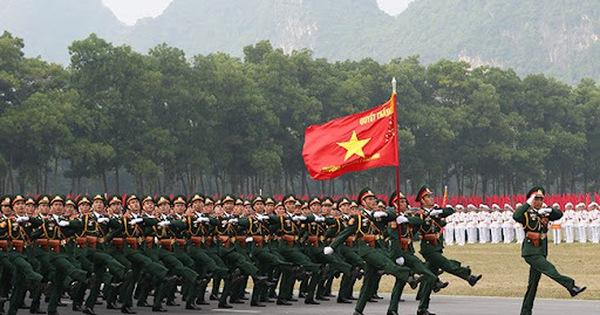
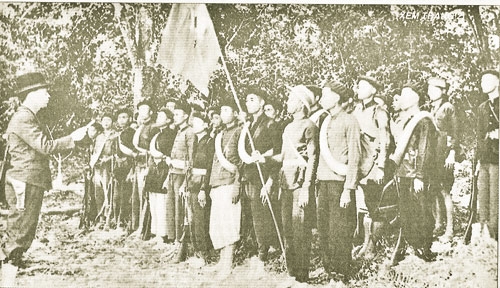
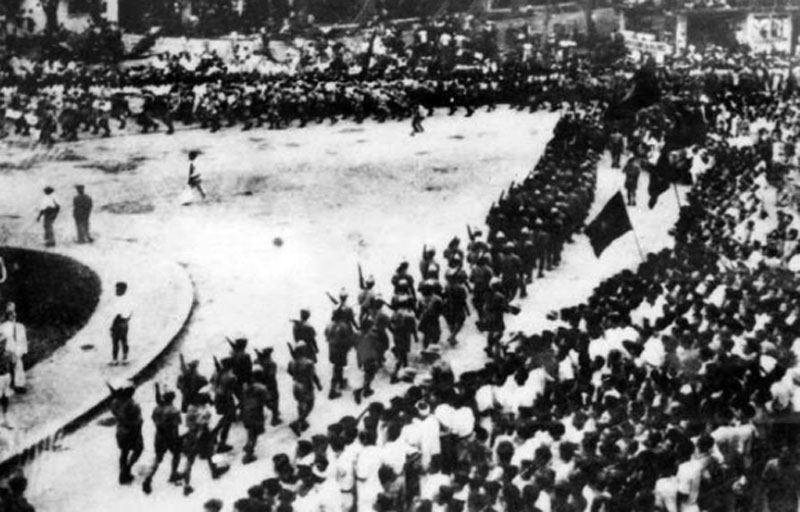
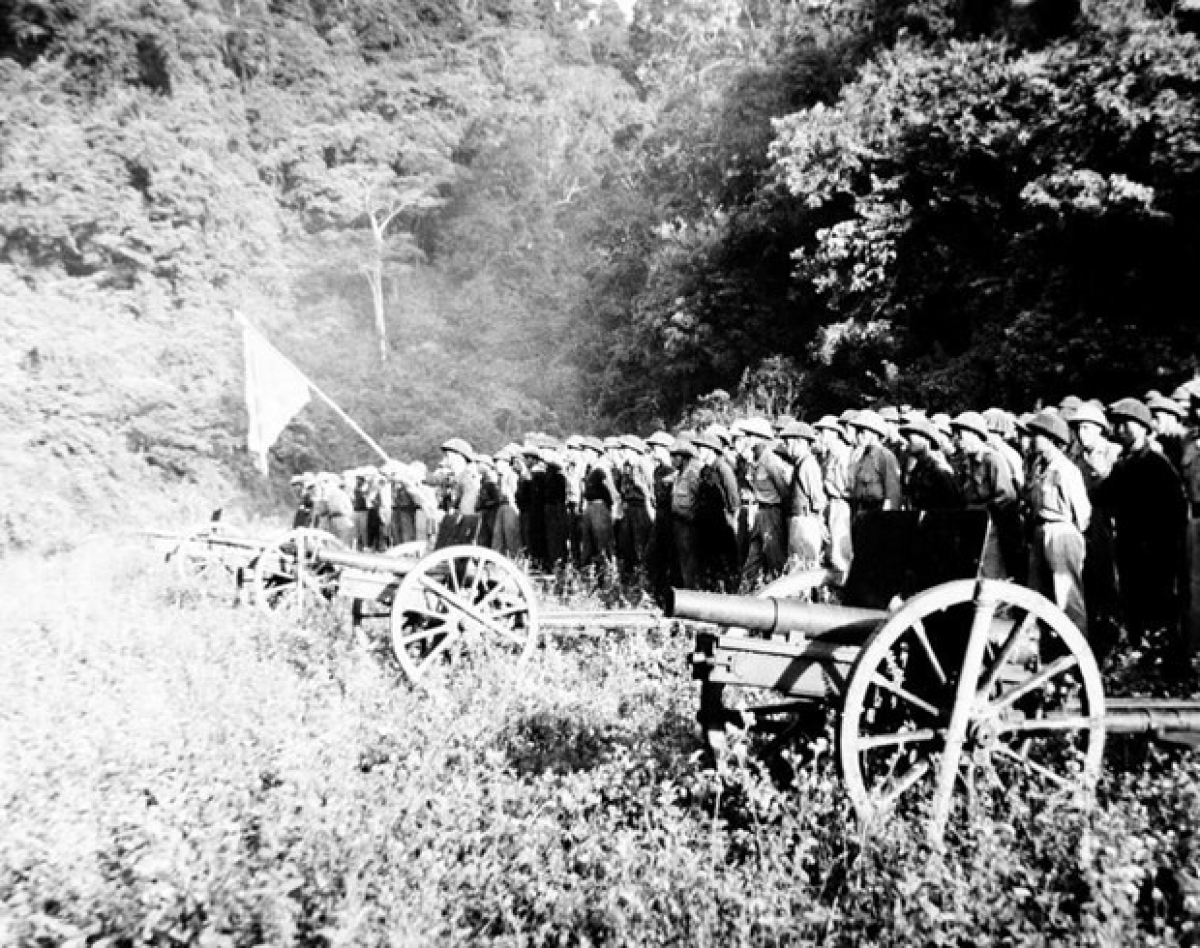
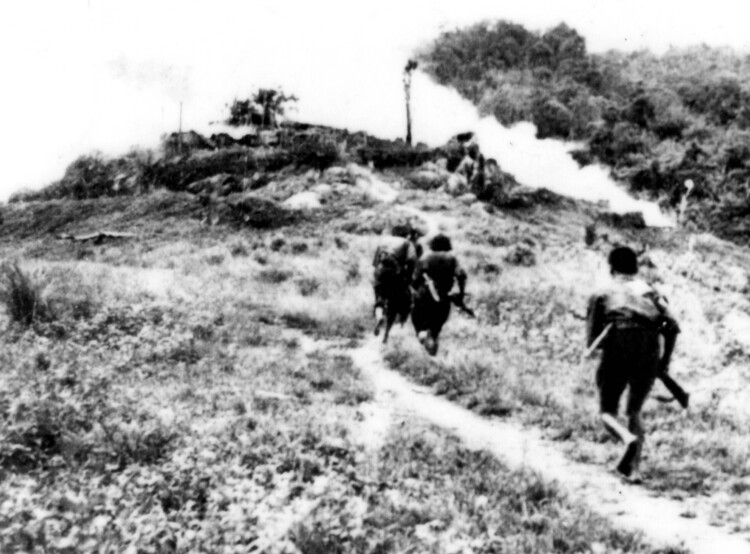
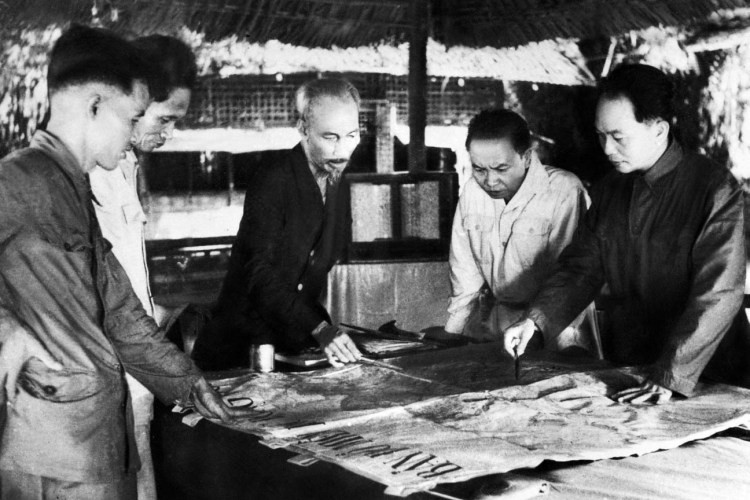
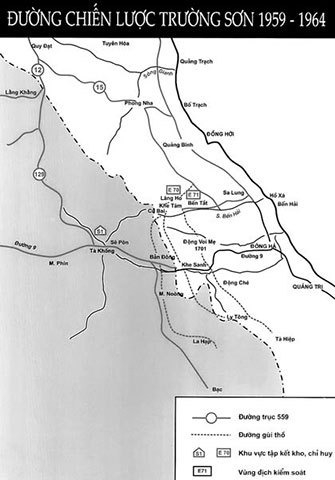
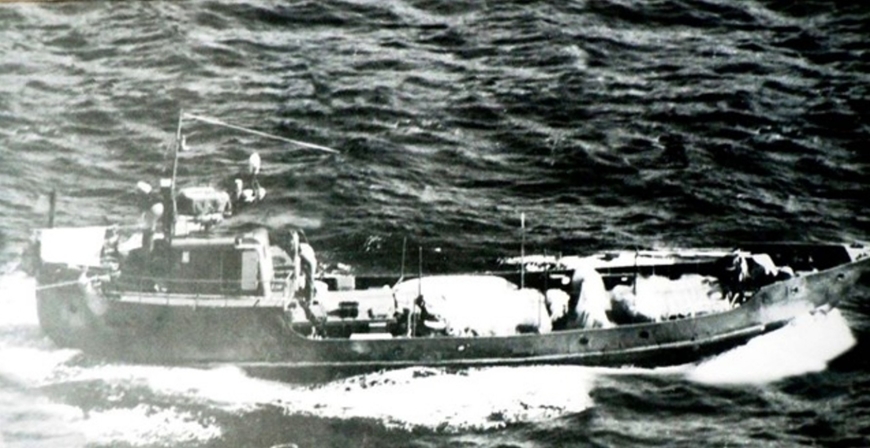
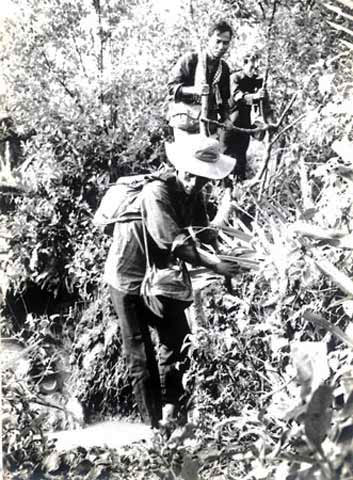
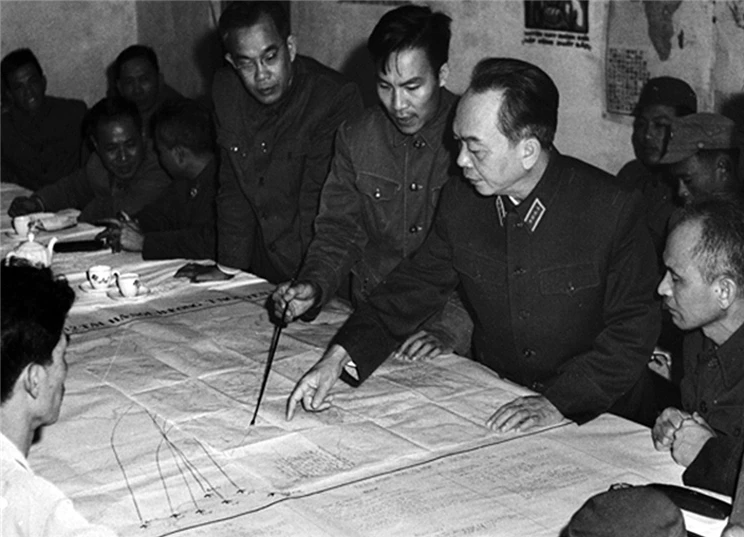
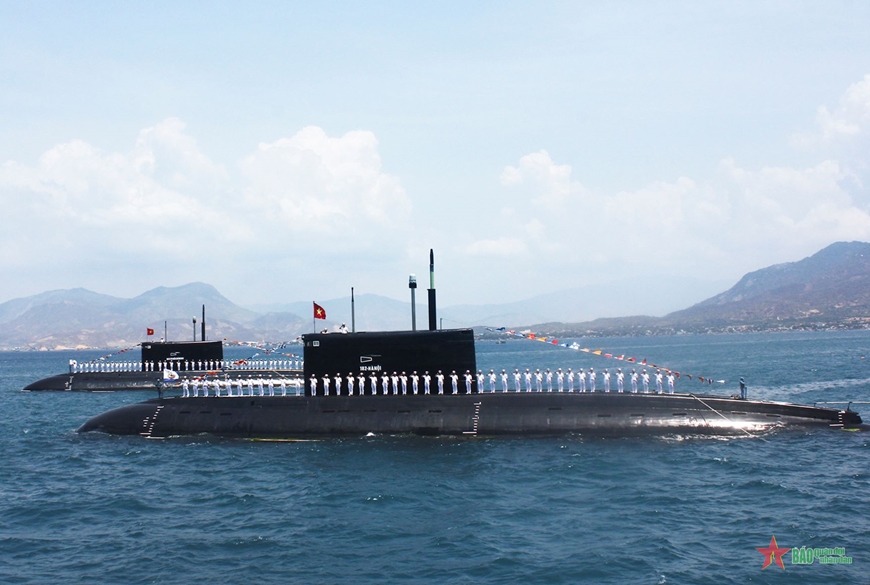

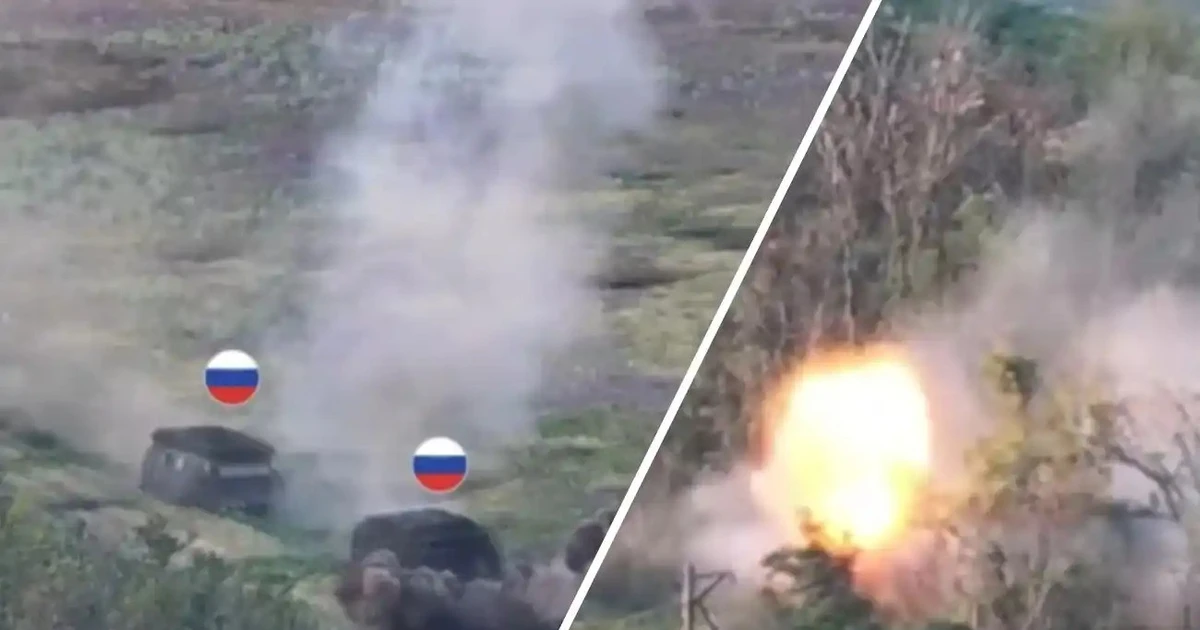
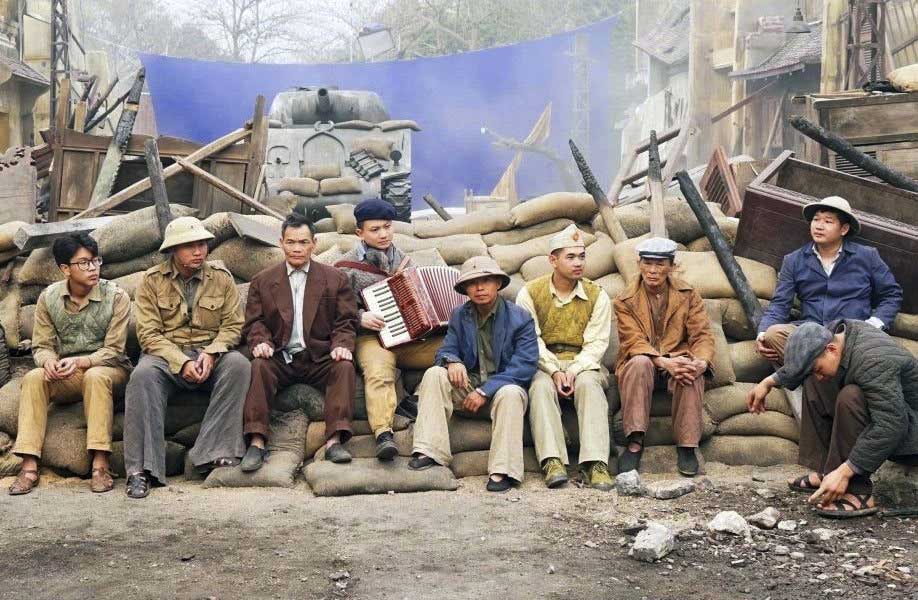
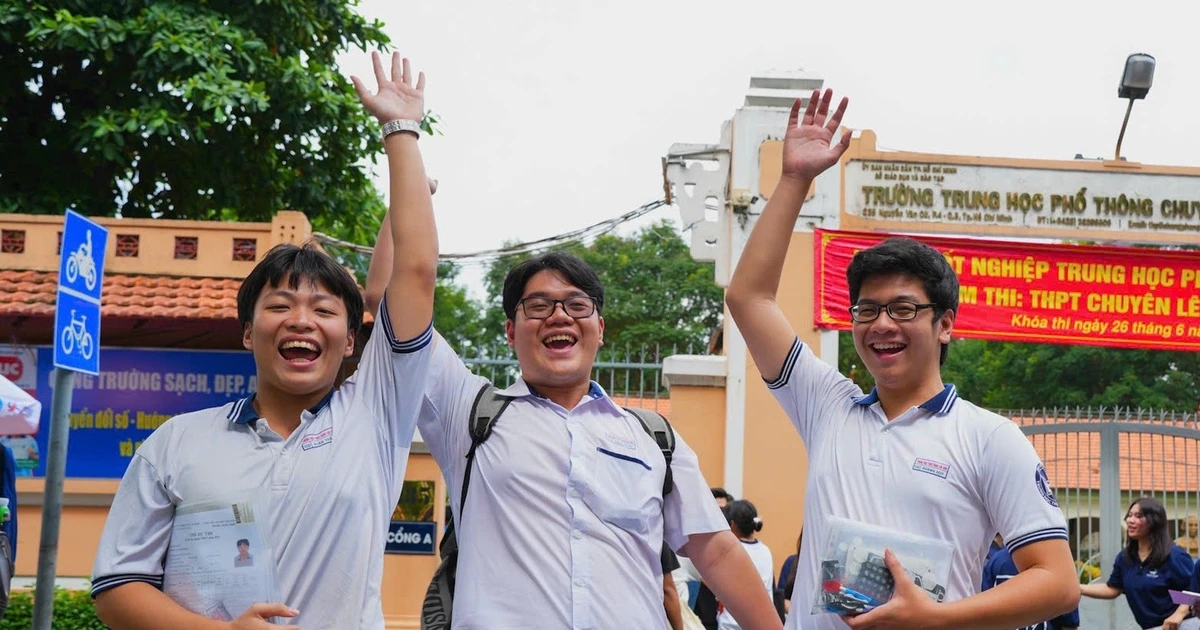
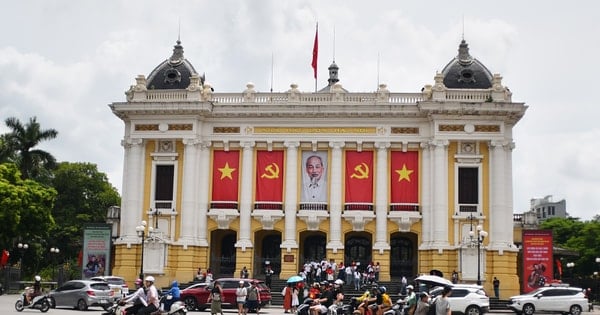
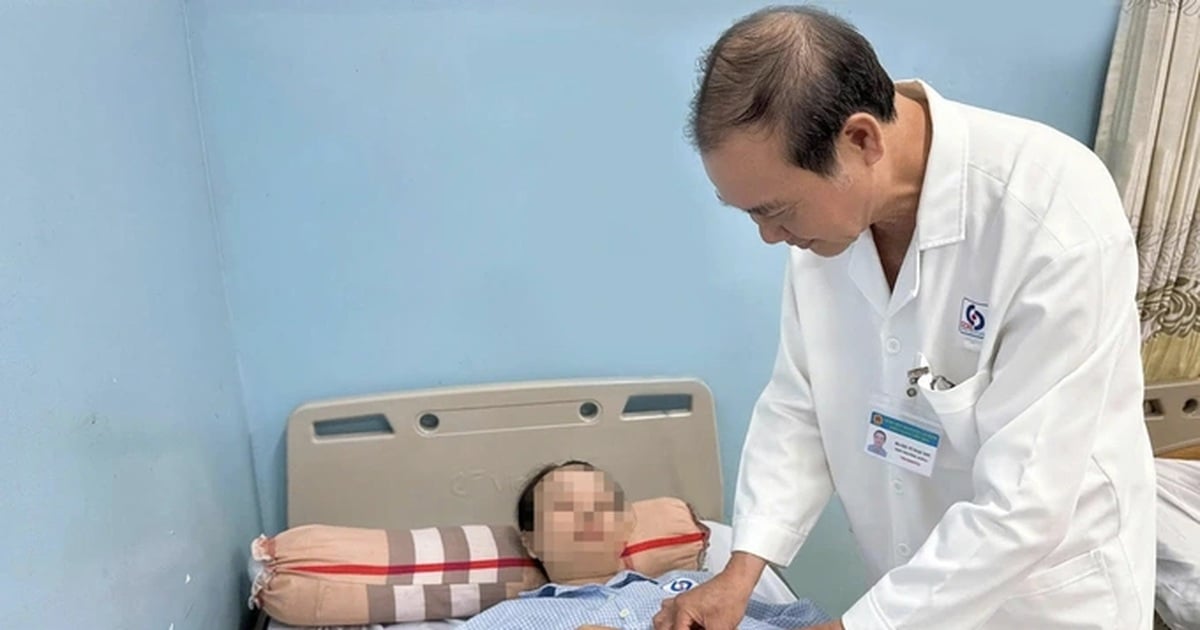
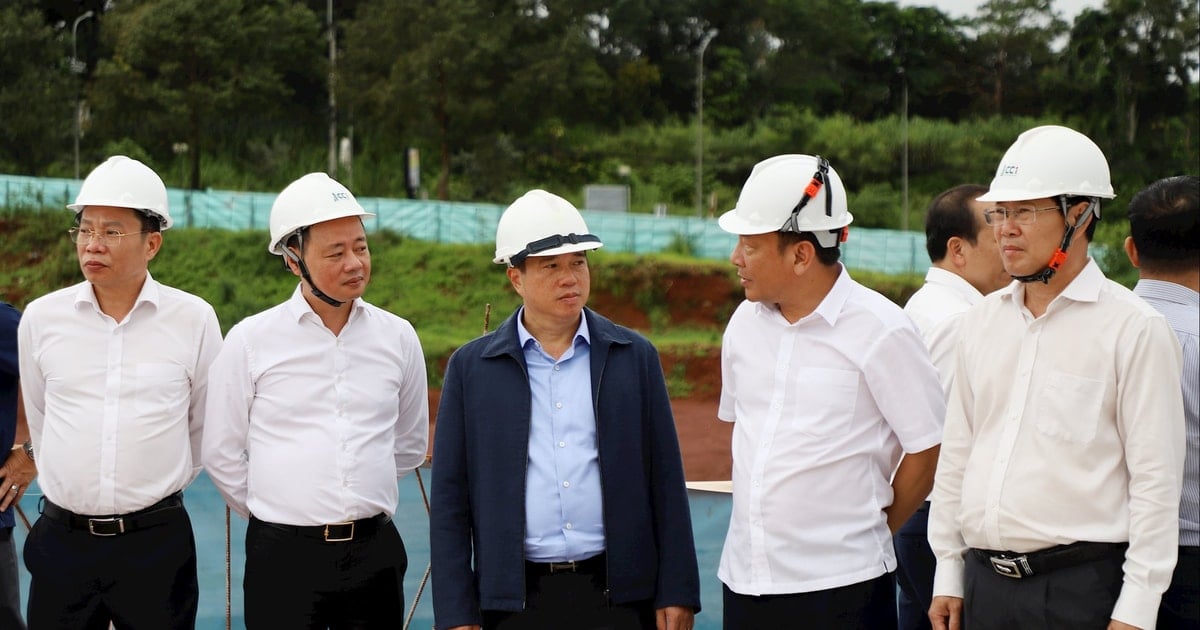
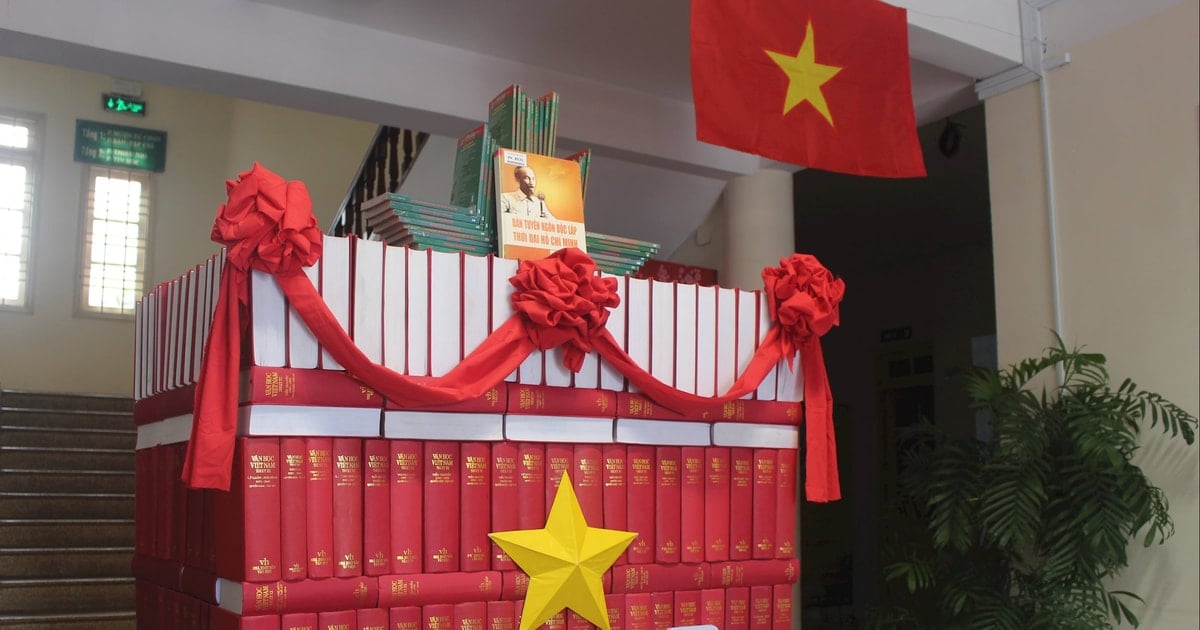
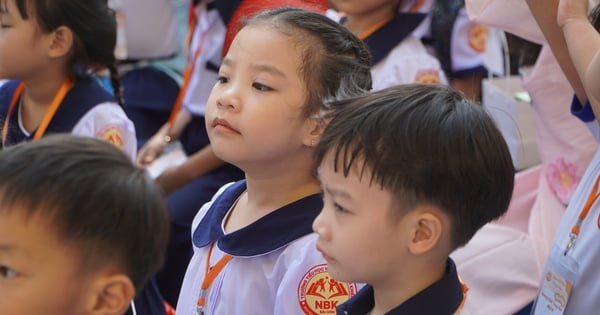
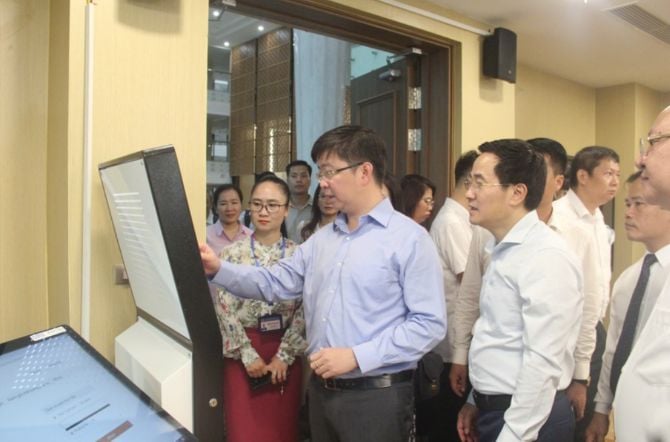



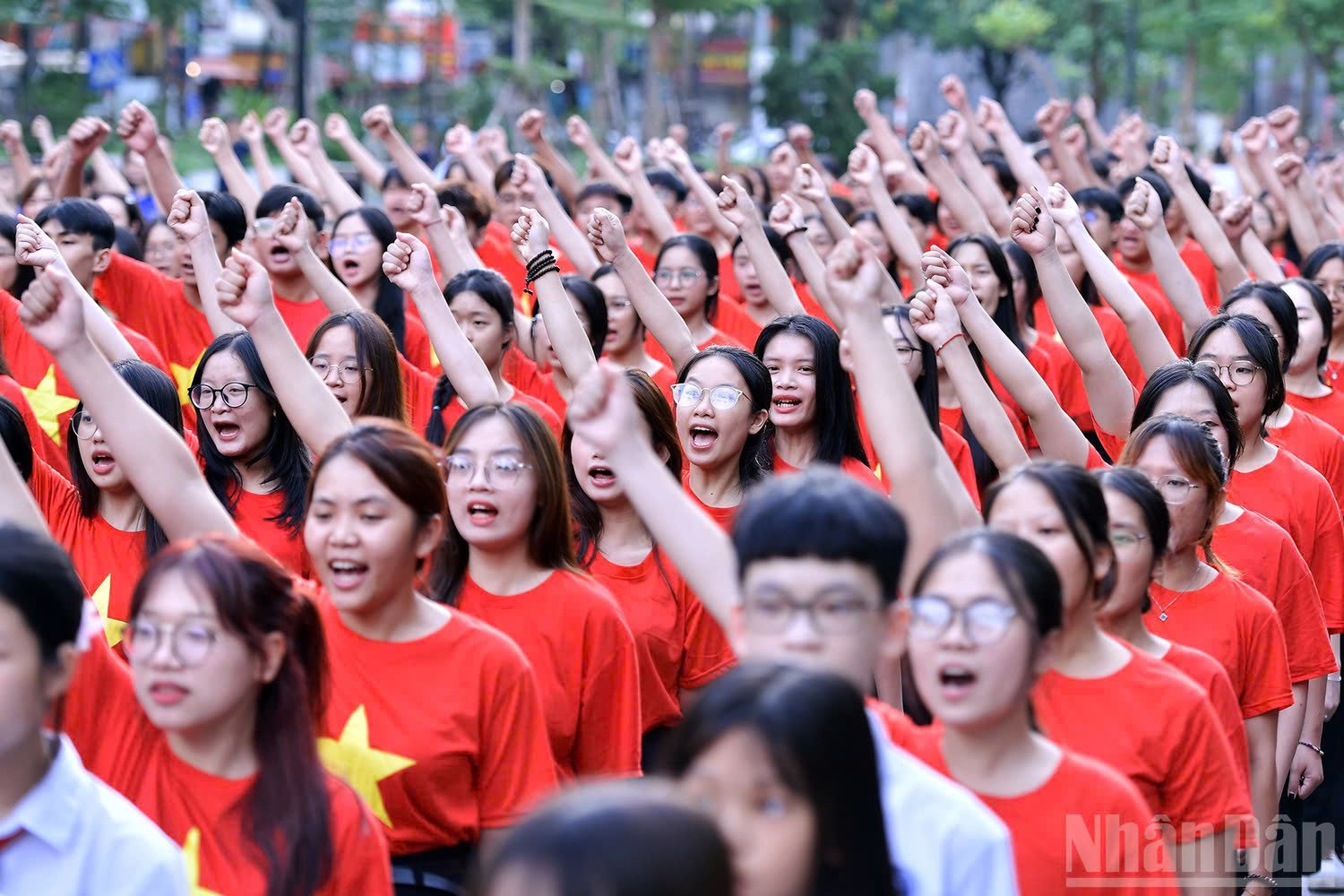
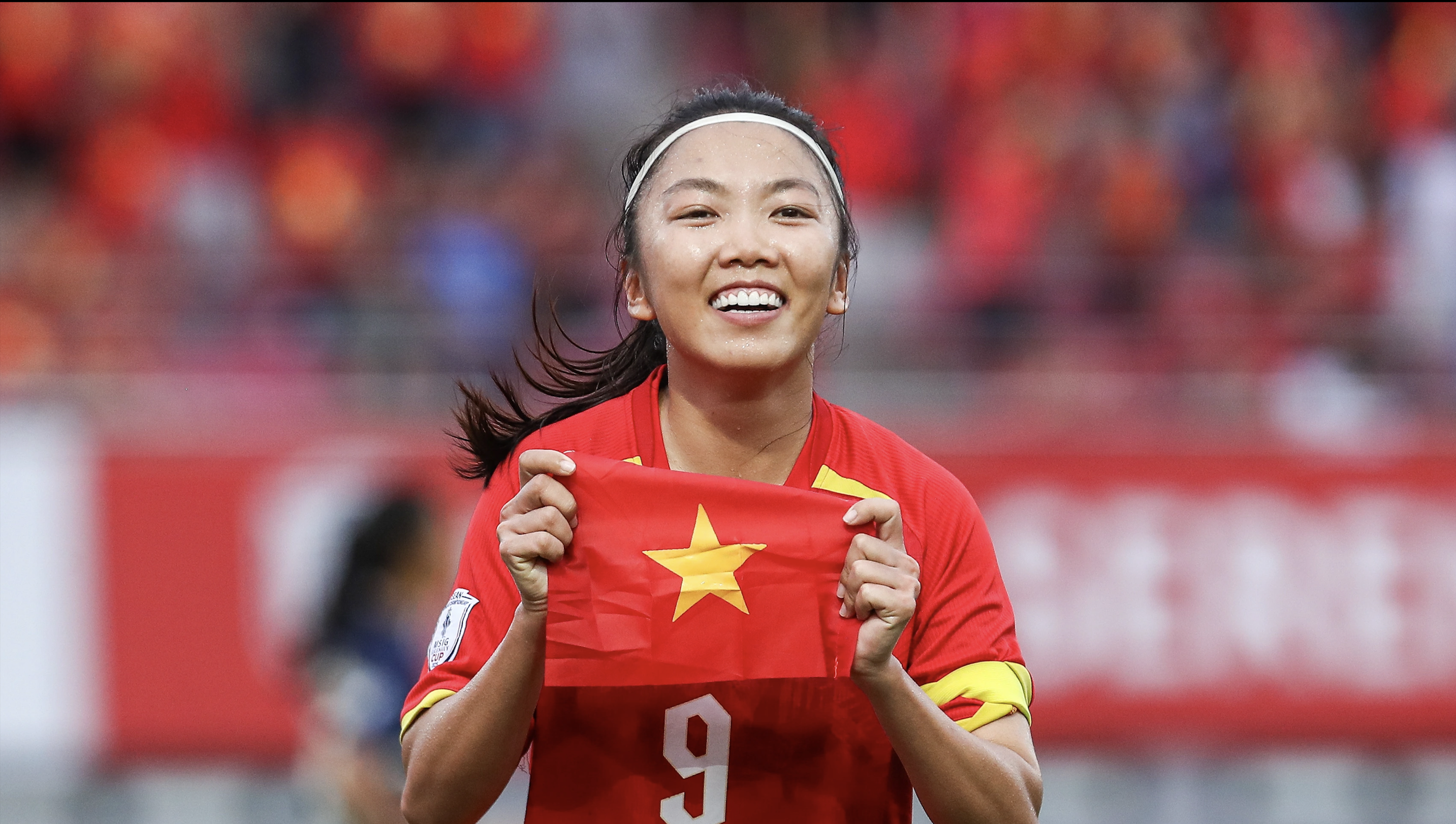
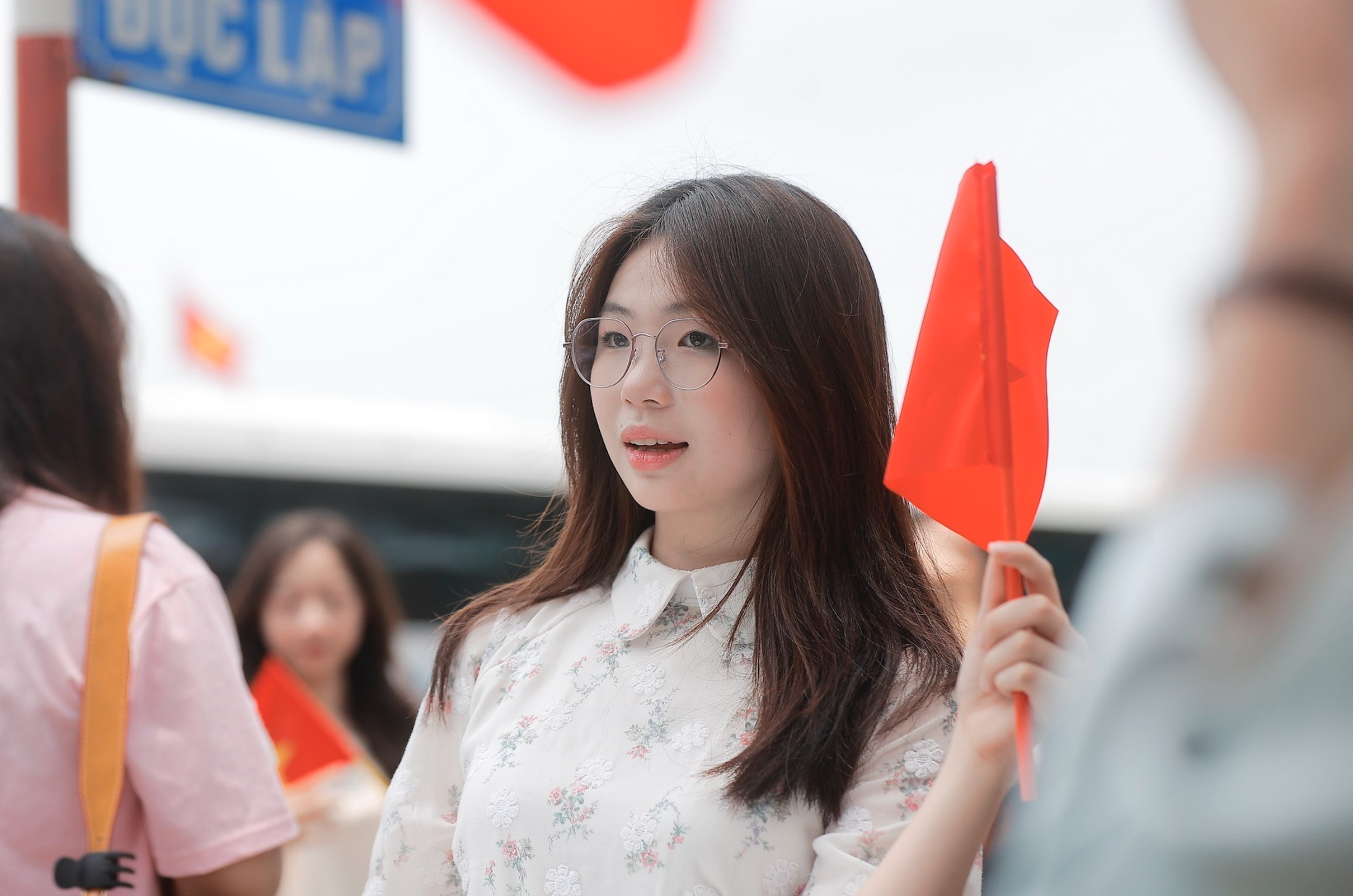
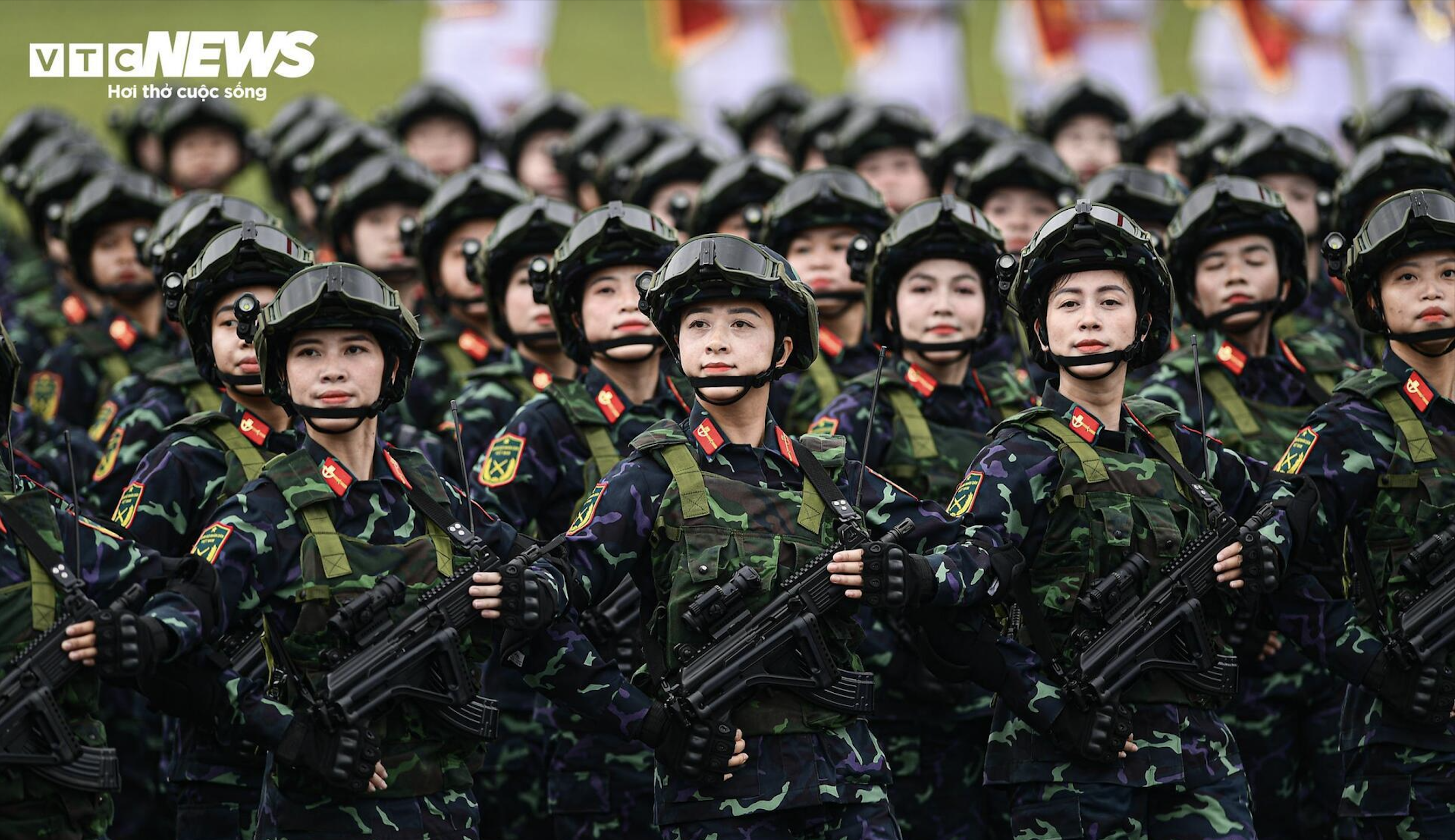

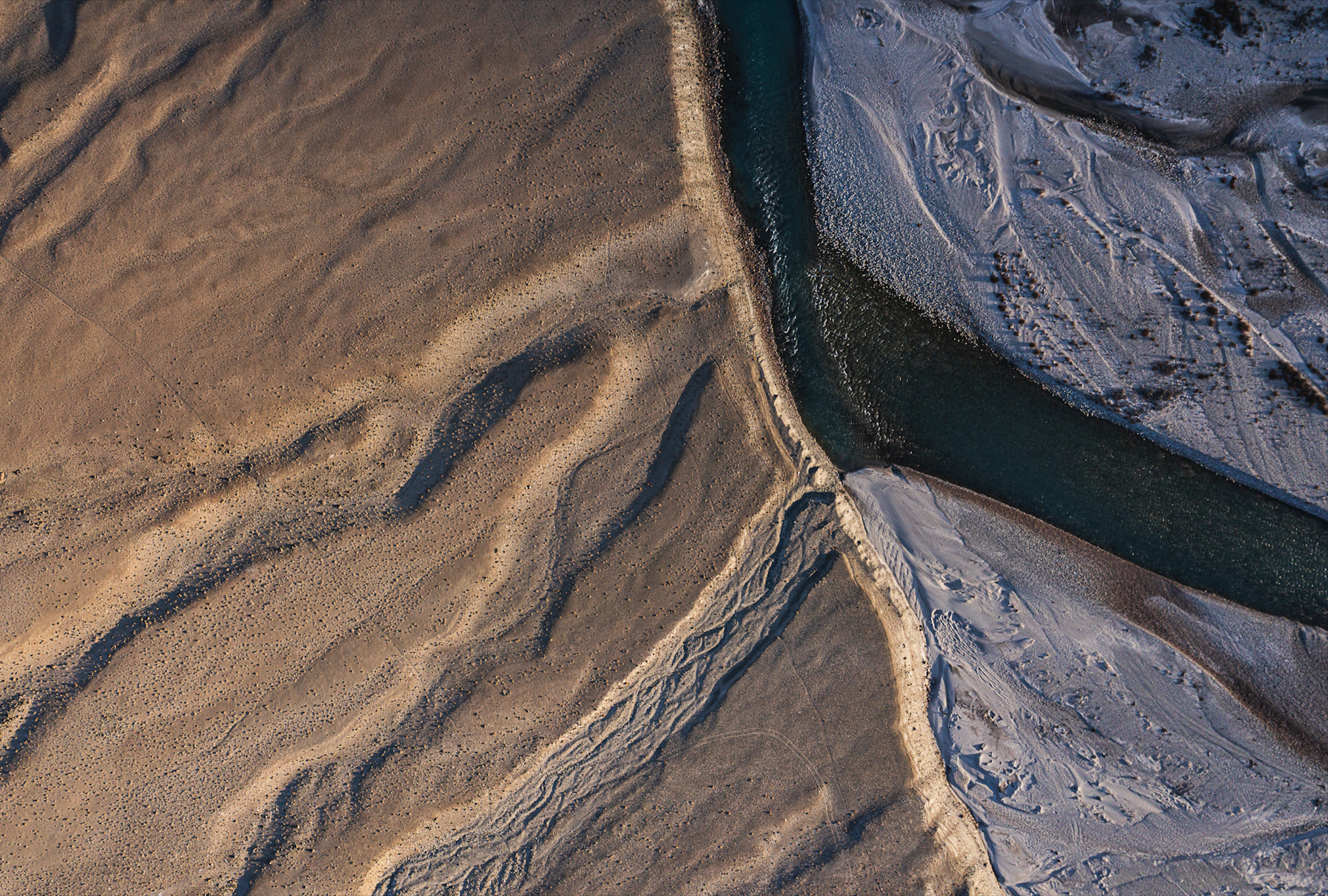
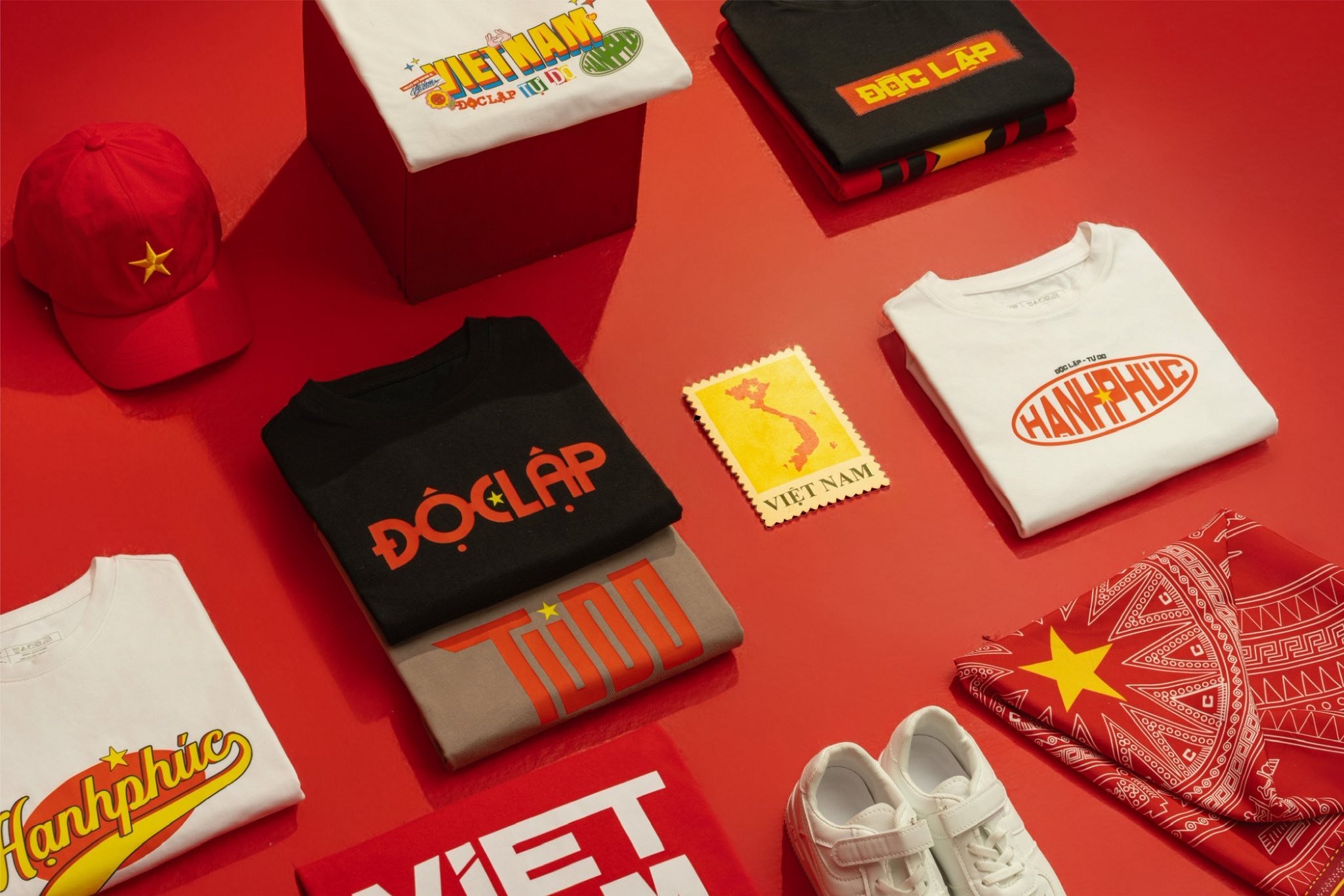
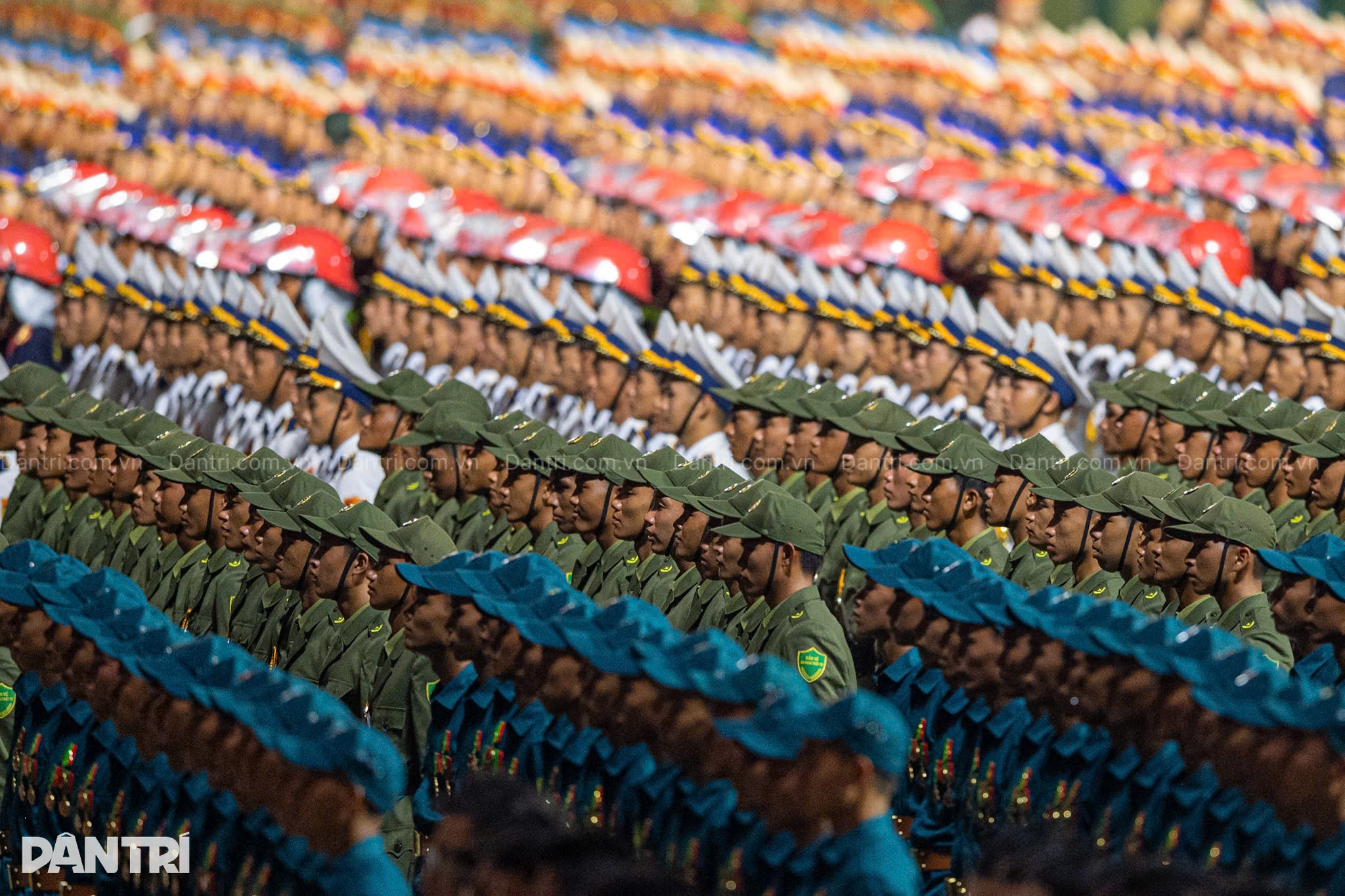
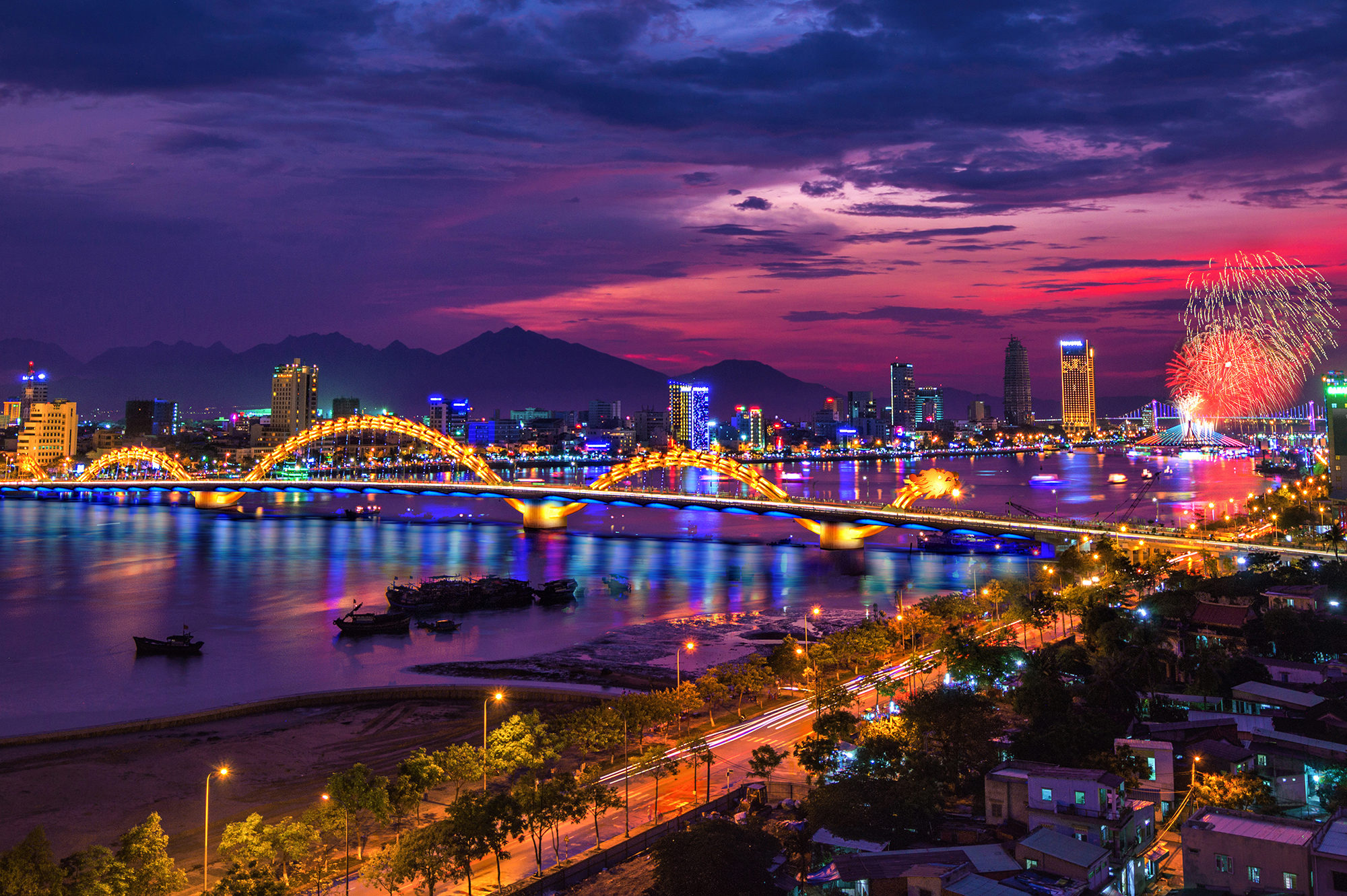


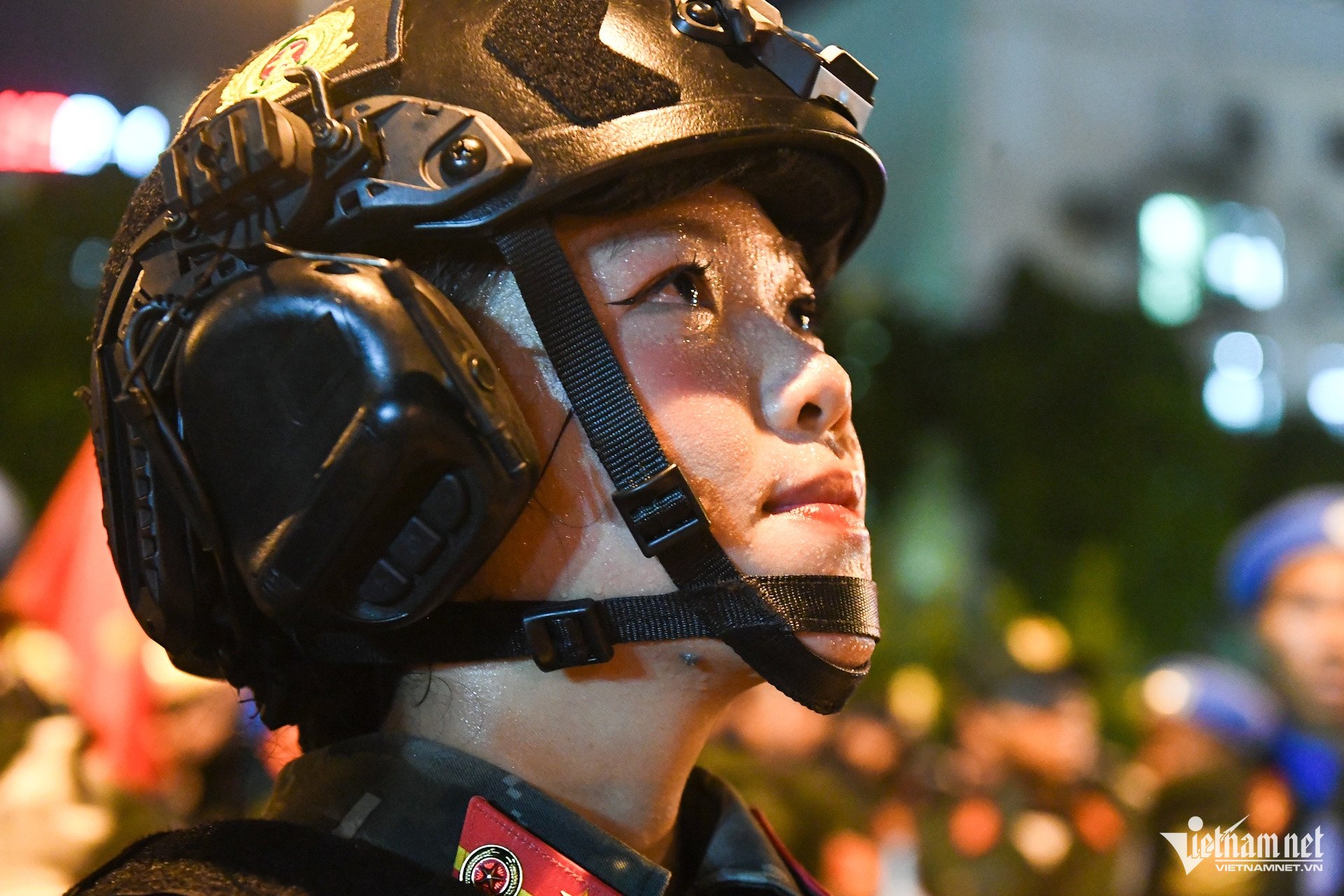
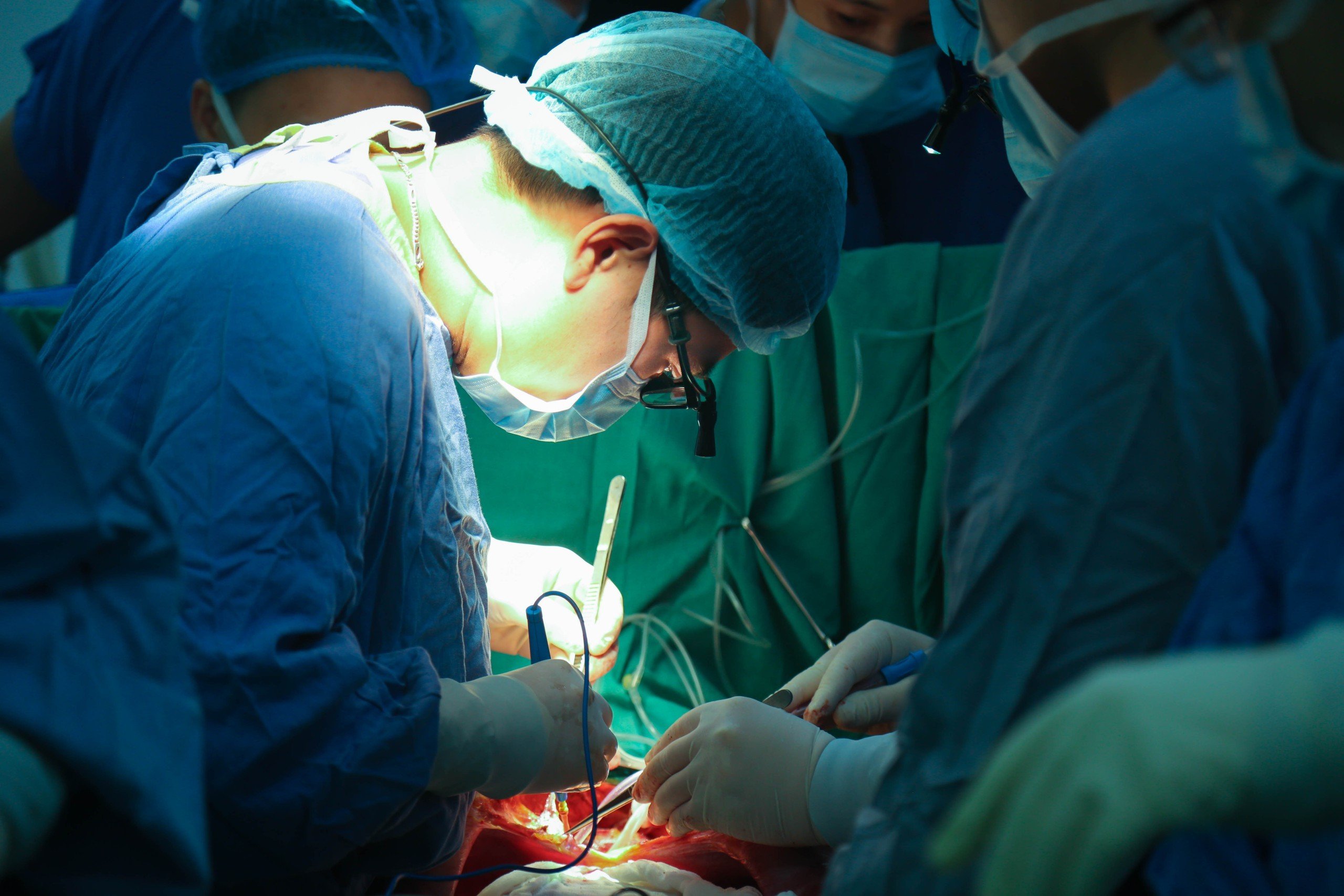

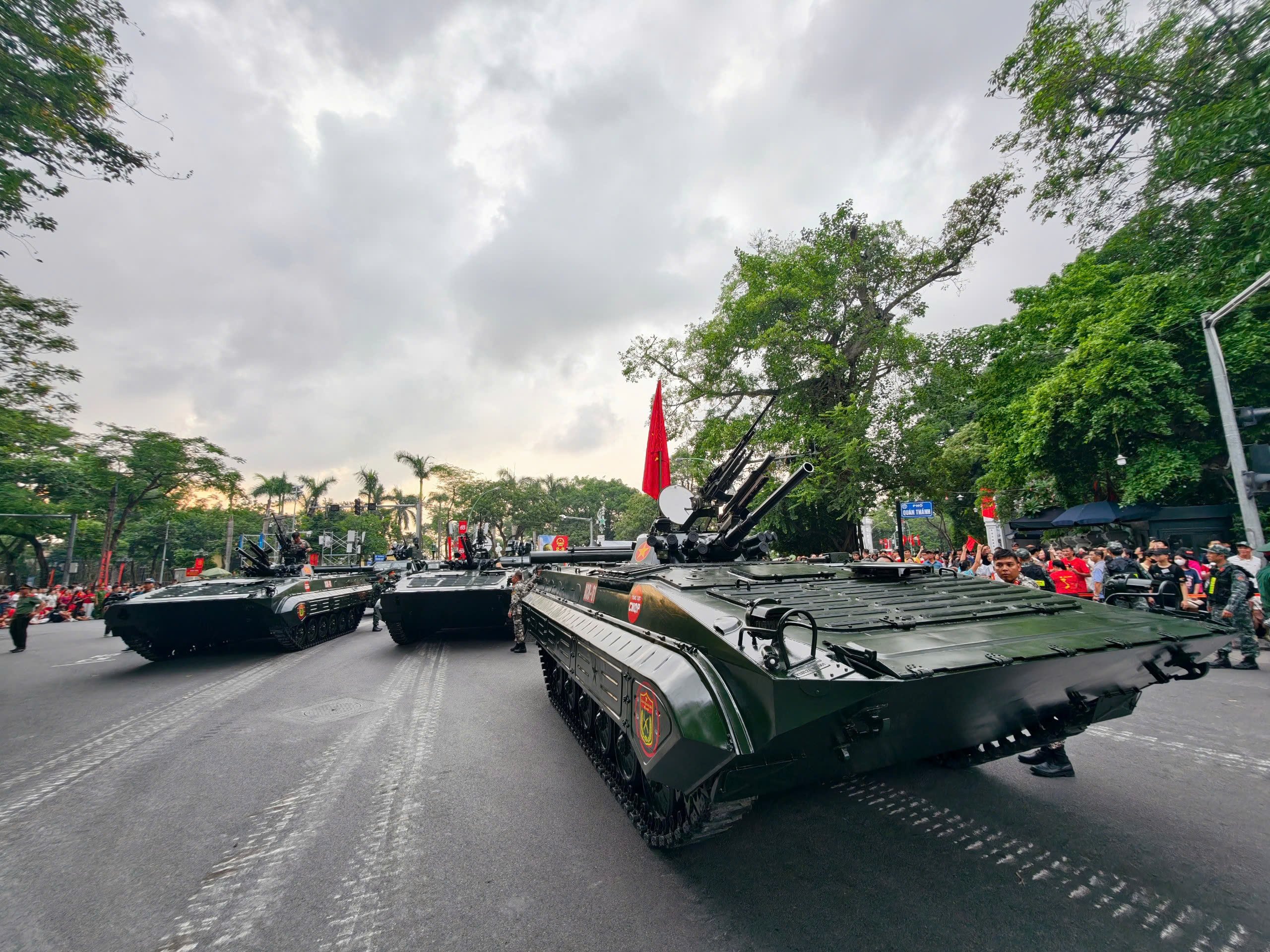
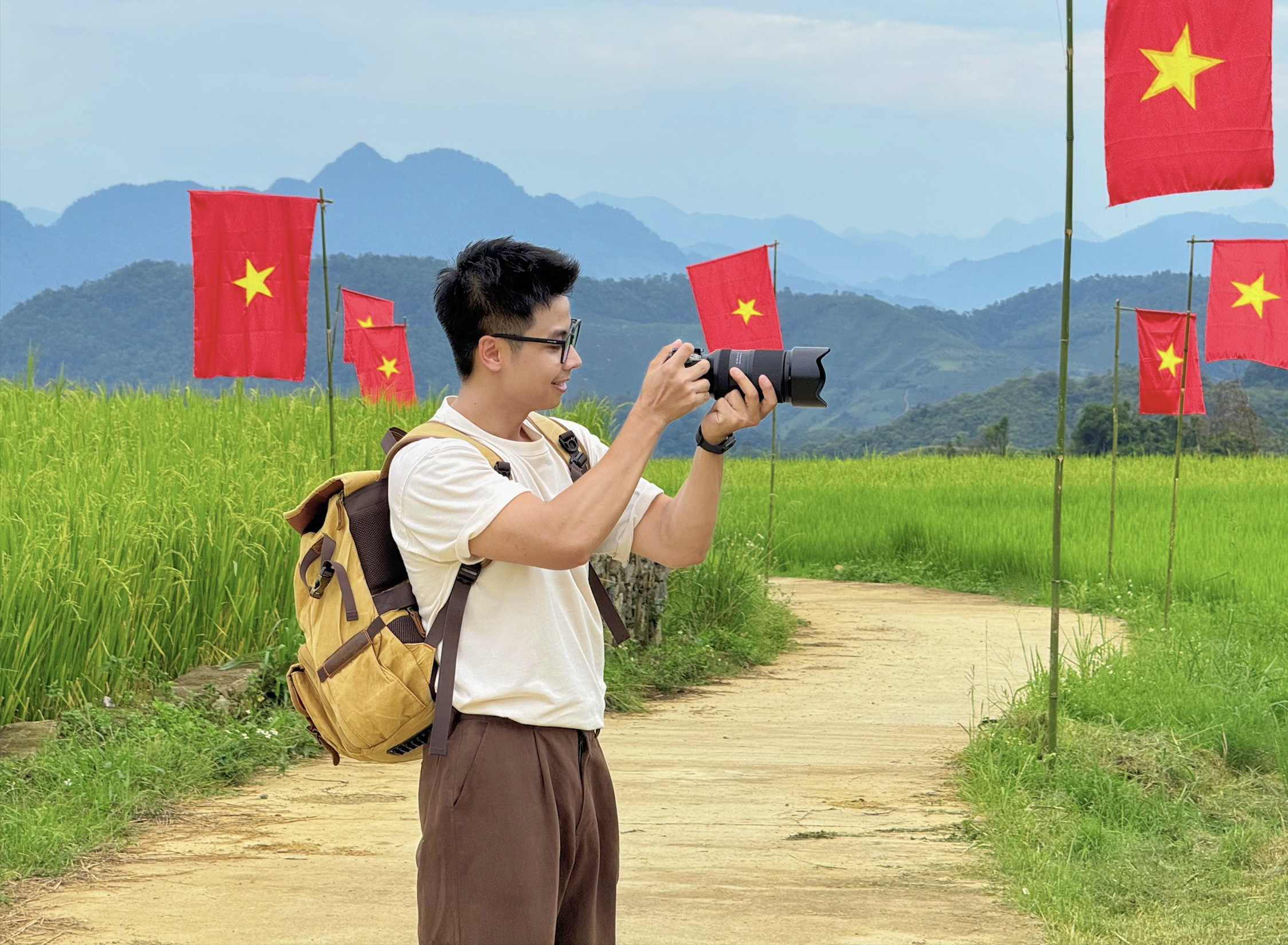
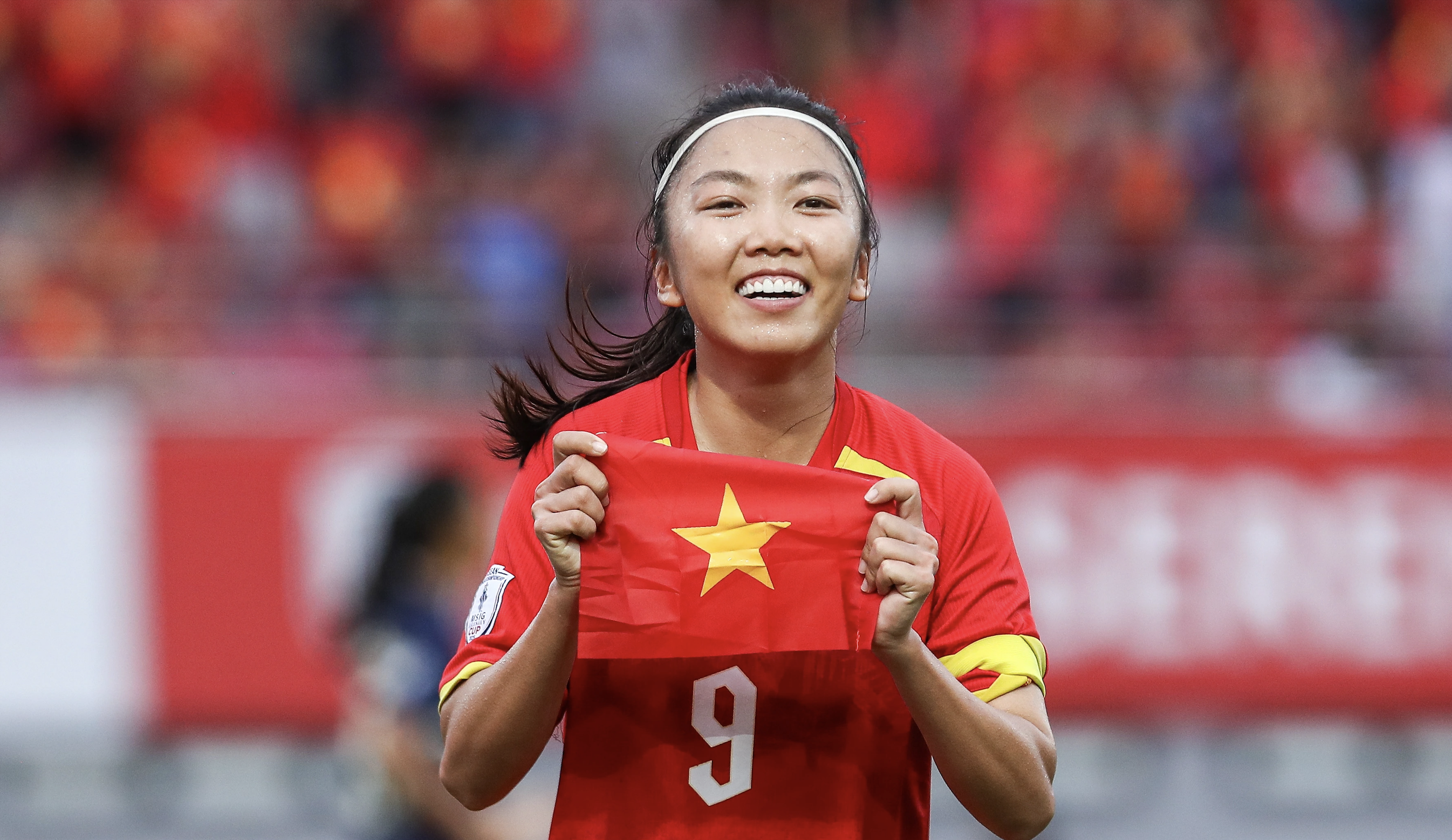








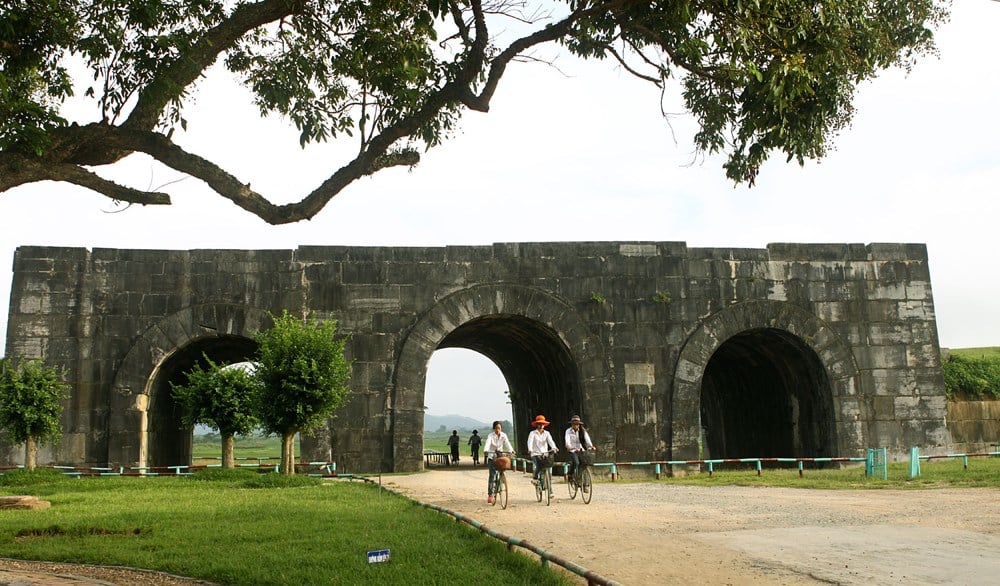





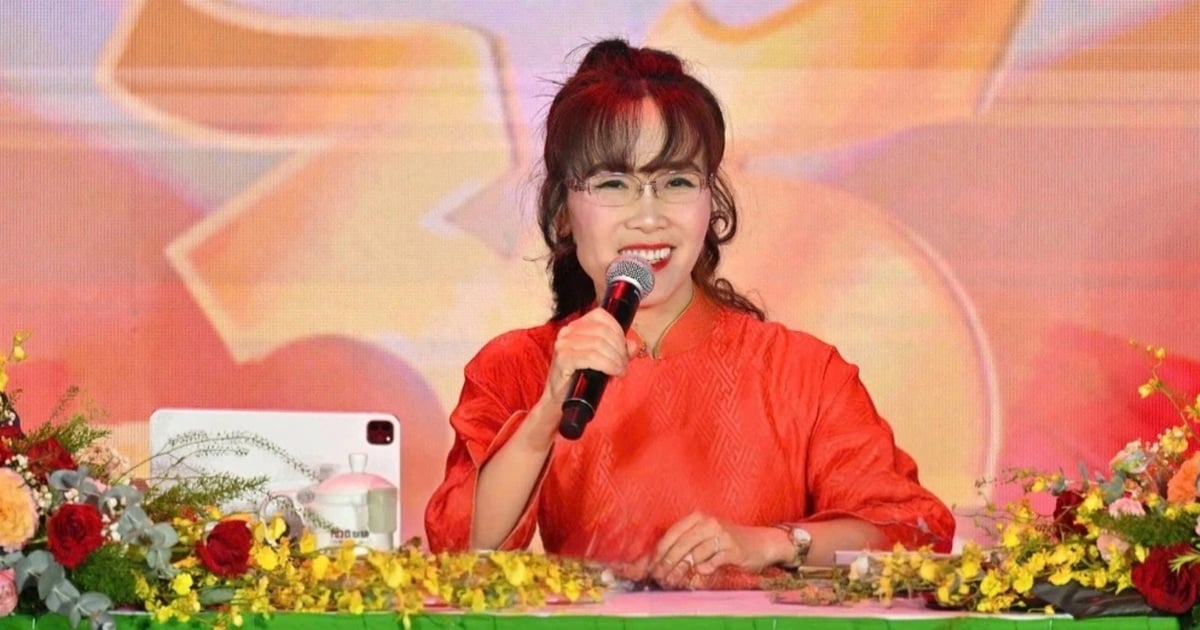
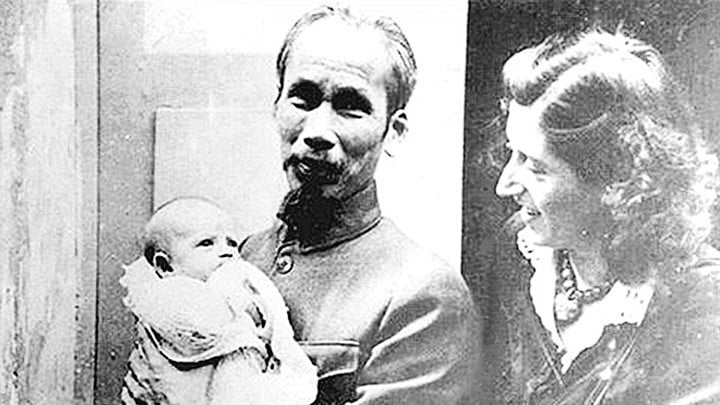

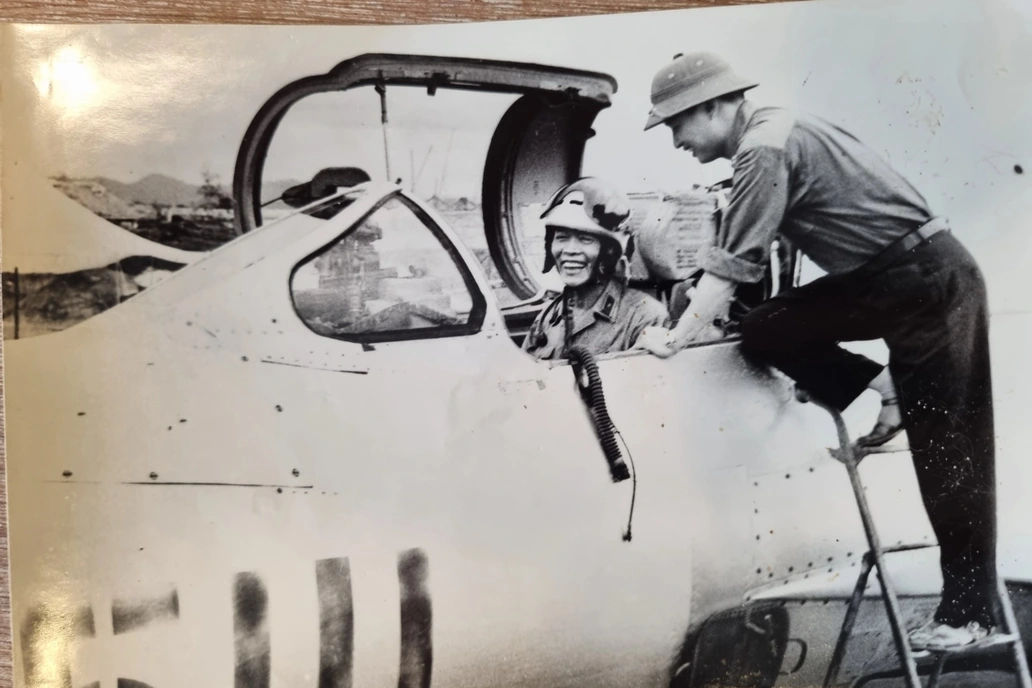
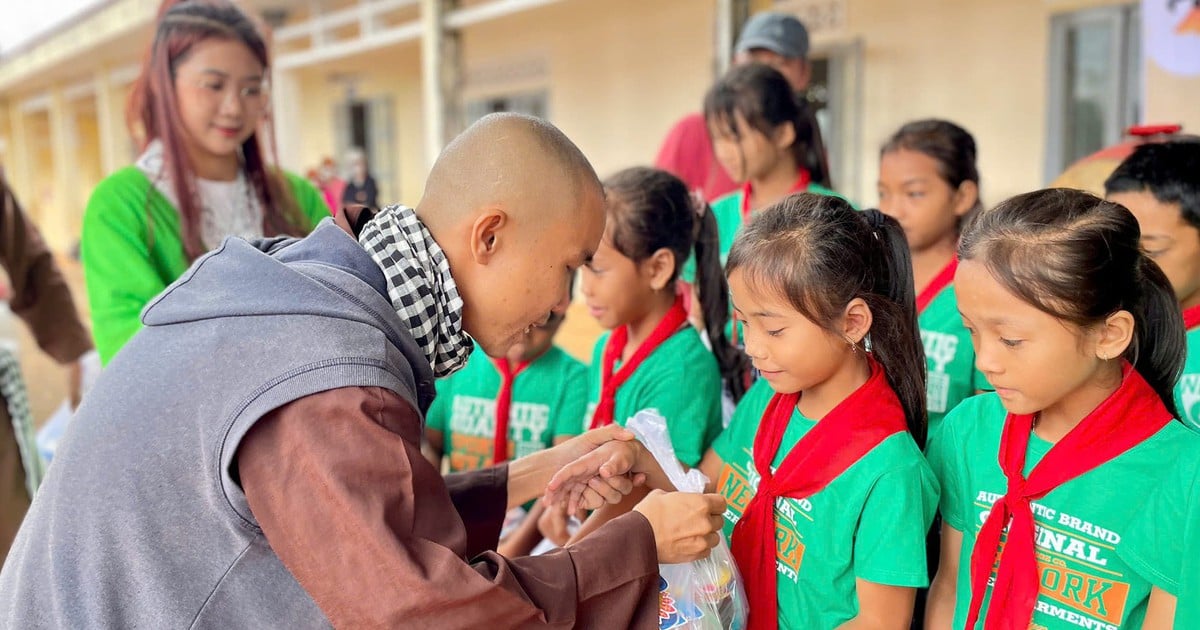

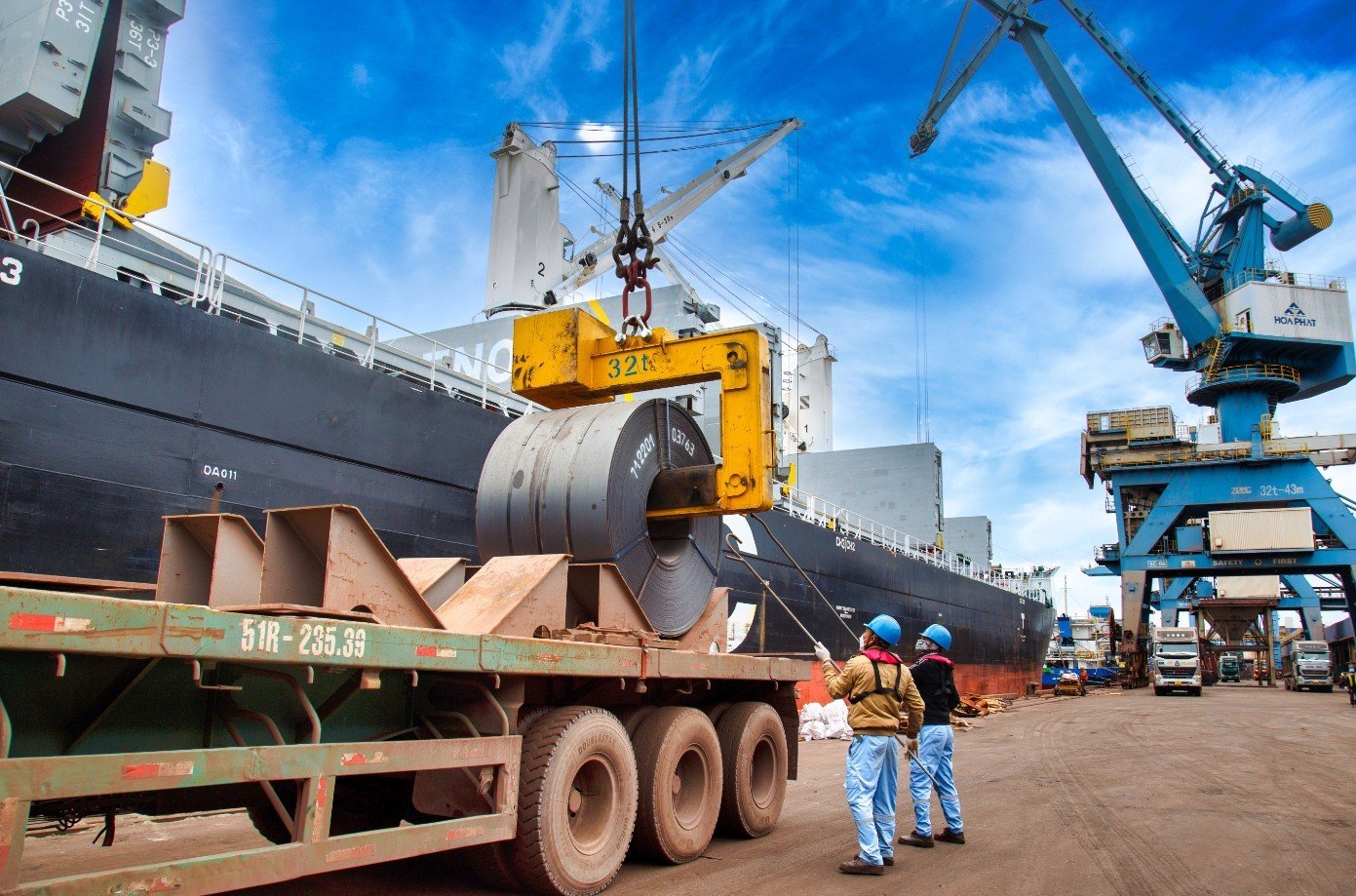
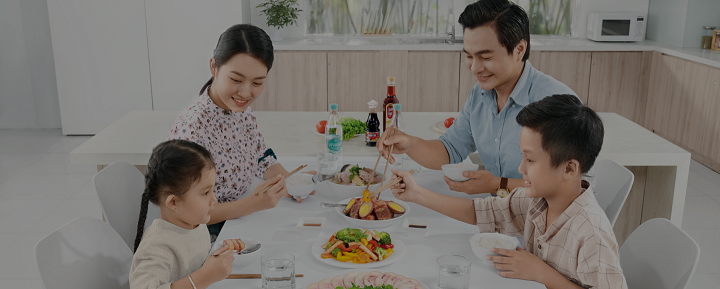
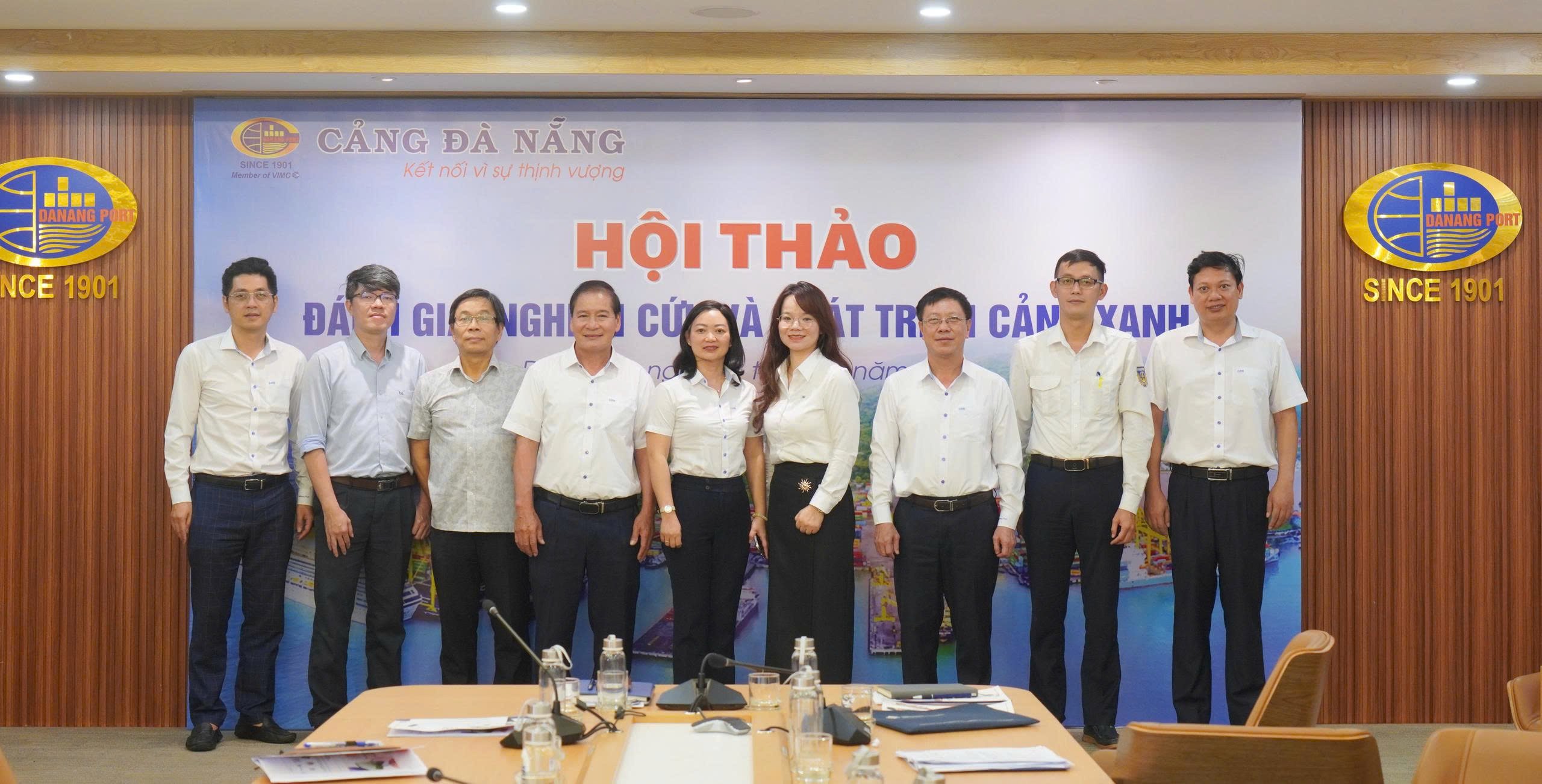
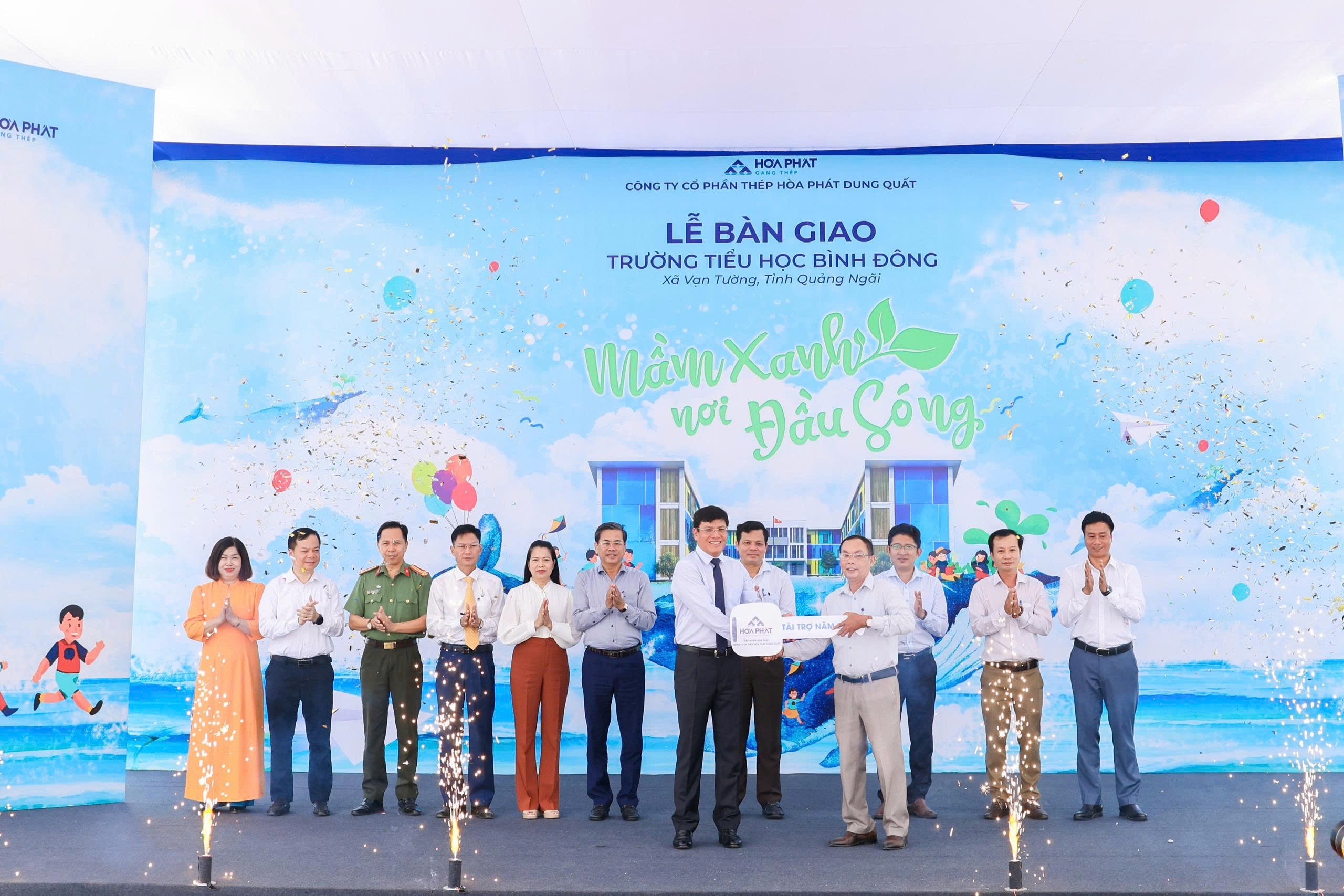
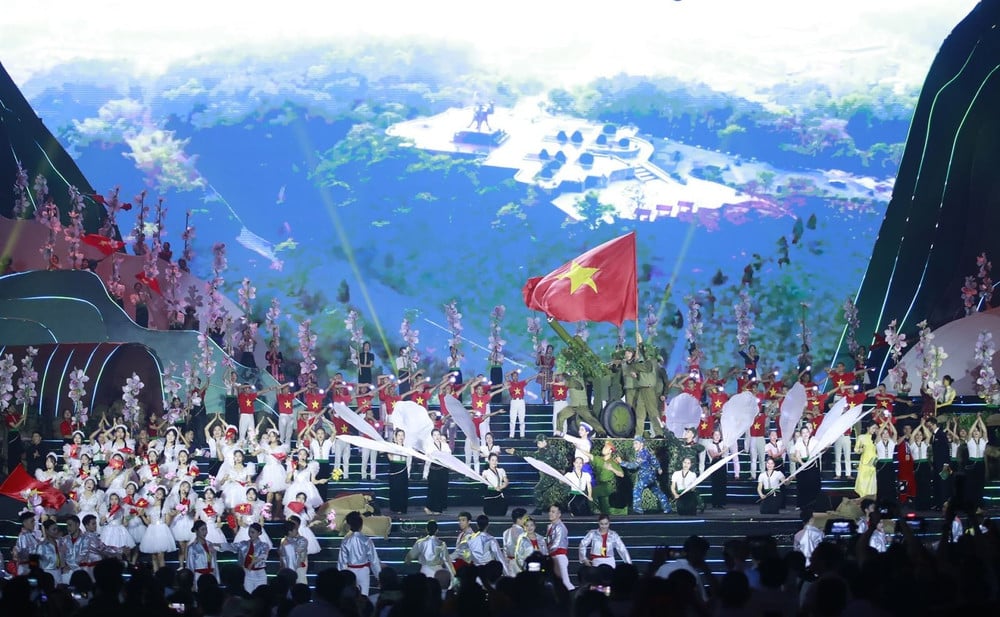

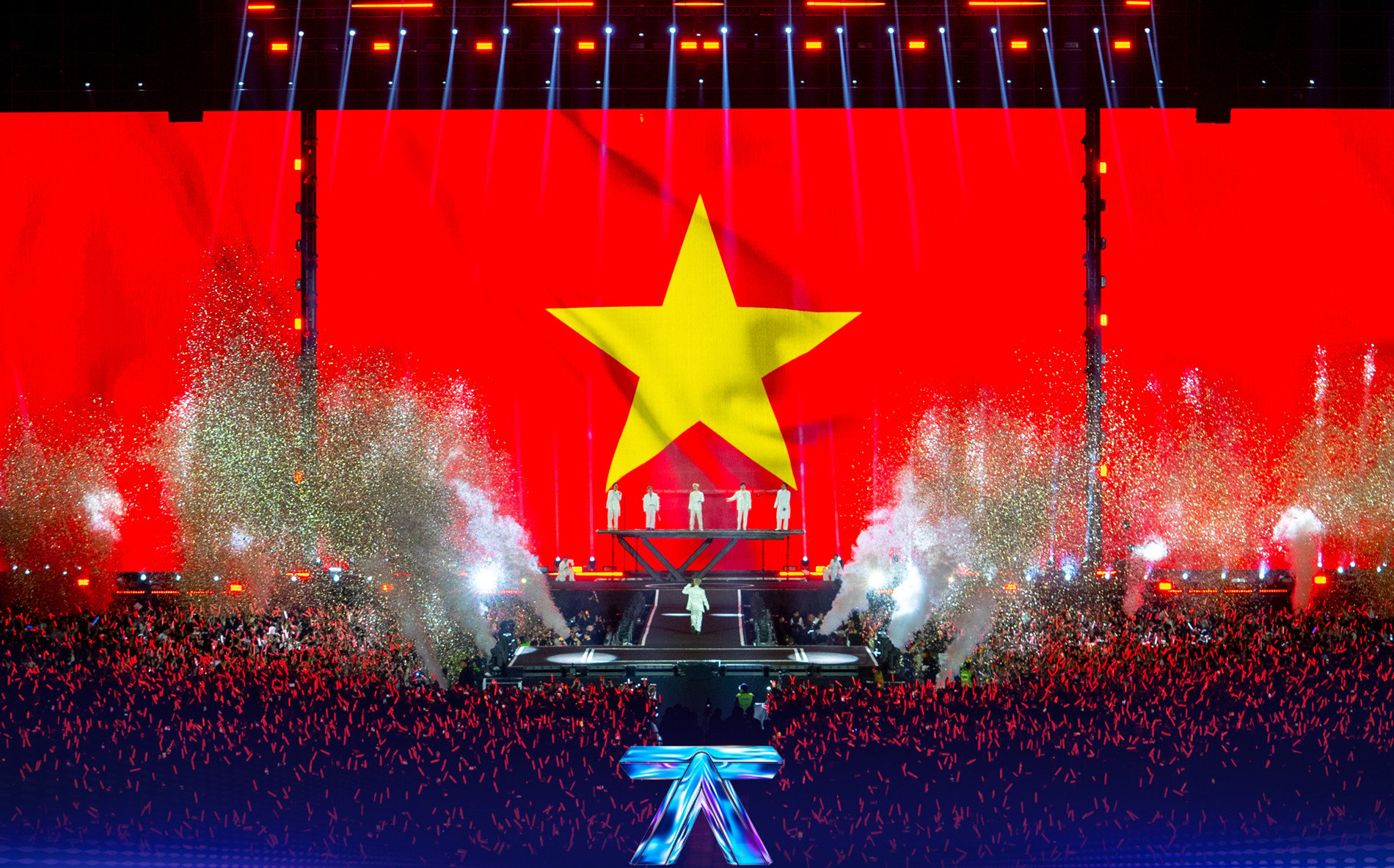




































Comment (0)